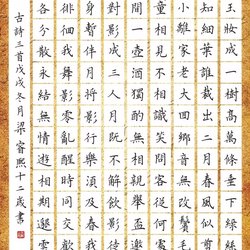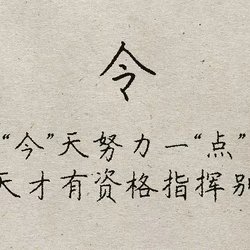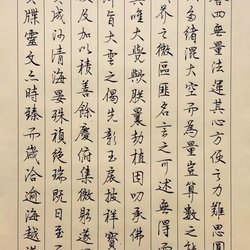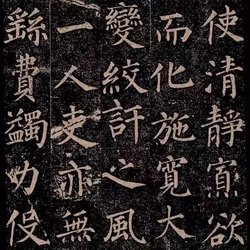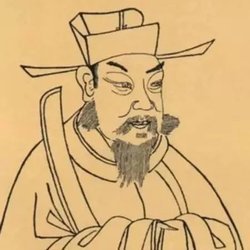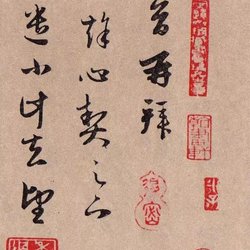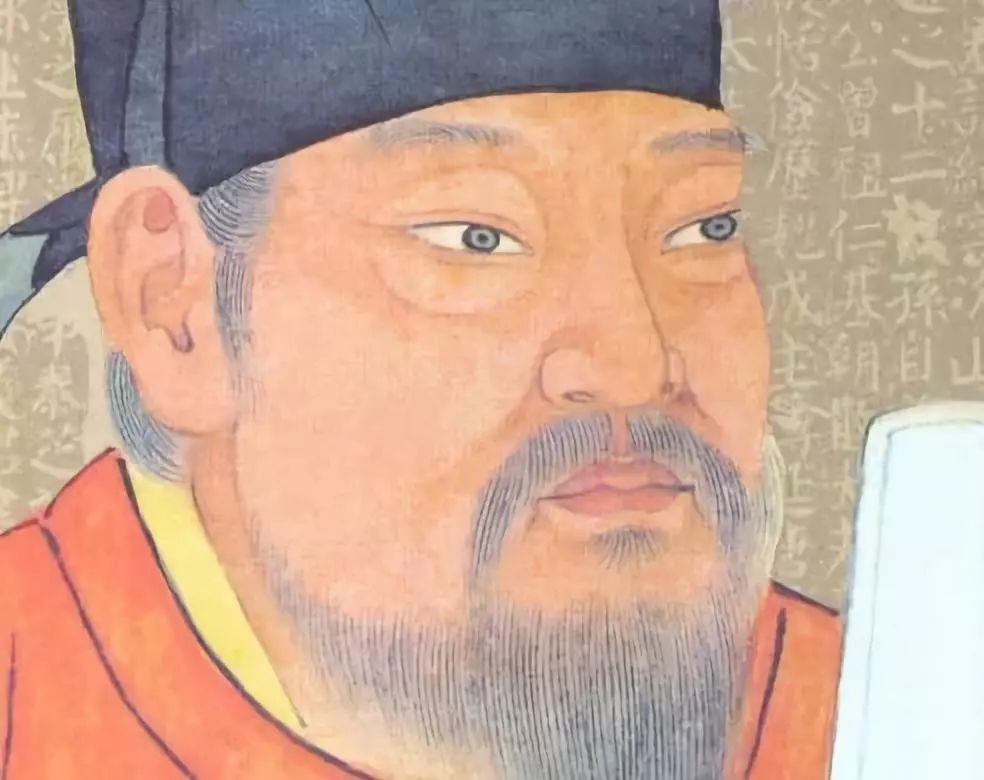
Yan Zhenqing (709-785)
The indescribable Yan Zhenqing
Text / Chen Zhenlian
Yan Zhenqing is one of the few masters of the Kuang Dynasty who can keep pace with Wang Xizhi. His historical achievements are like towering mountains. This may be a polite comment to others, but to him, it is a common comment that is not enough. "Towering mountains" is actually a common comment, which makes many calligraphers really want to Doesn’t make sense.
Wang Xizhi's contribution was to use his elegant and smooth cursive script under the "ancient style" of calligraphy in the Qin and Han Dynasties for two weeks. This is the unique style of Wang Xianzhi's suggestion to his father to be "Hongyi" as recorded in historical records. The new style of calligraphy moves towards the "Cao" and "Kaifeng" styles of the Wei and Jin Dynasties.
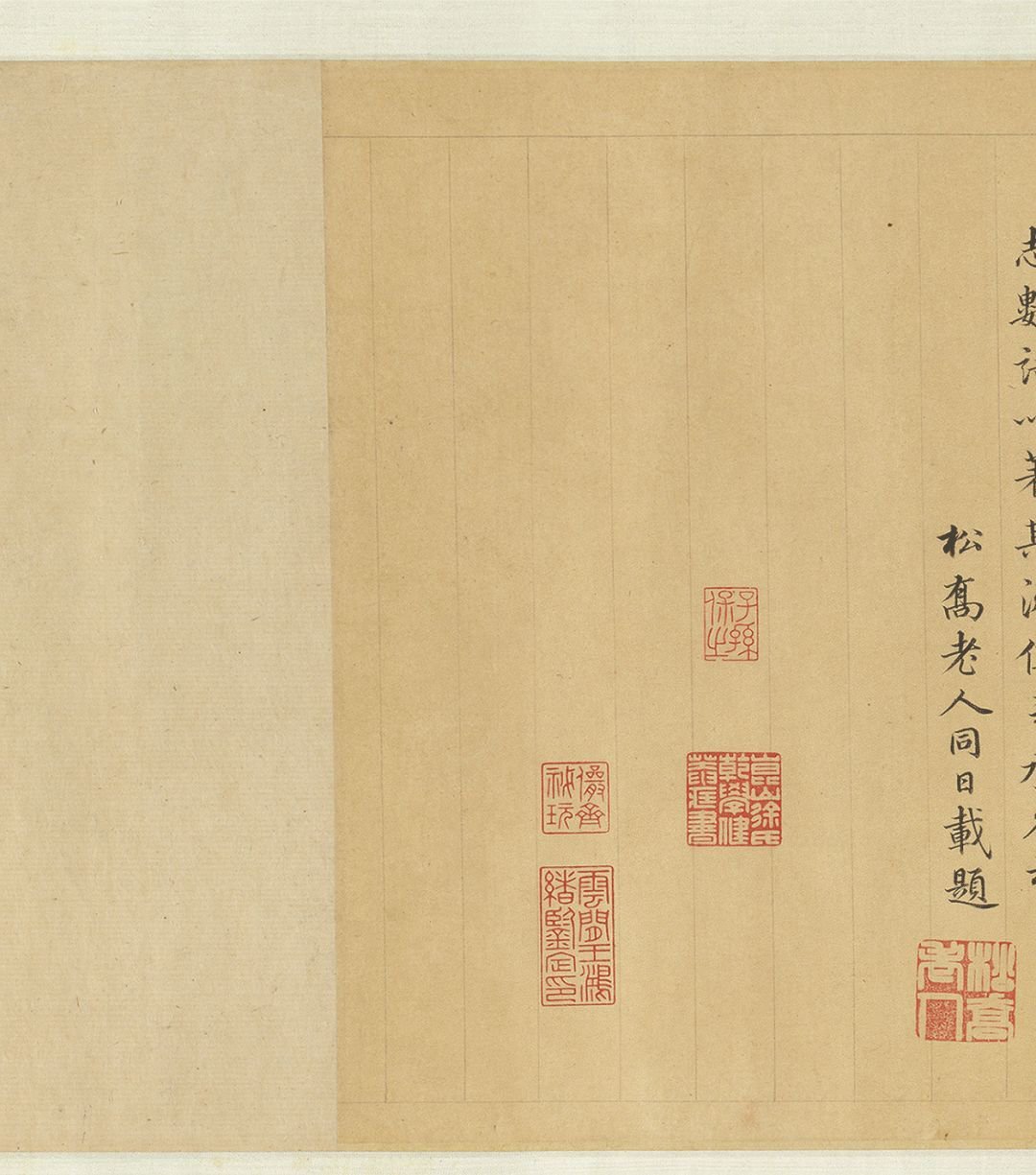
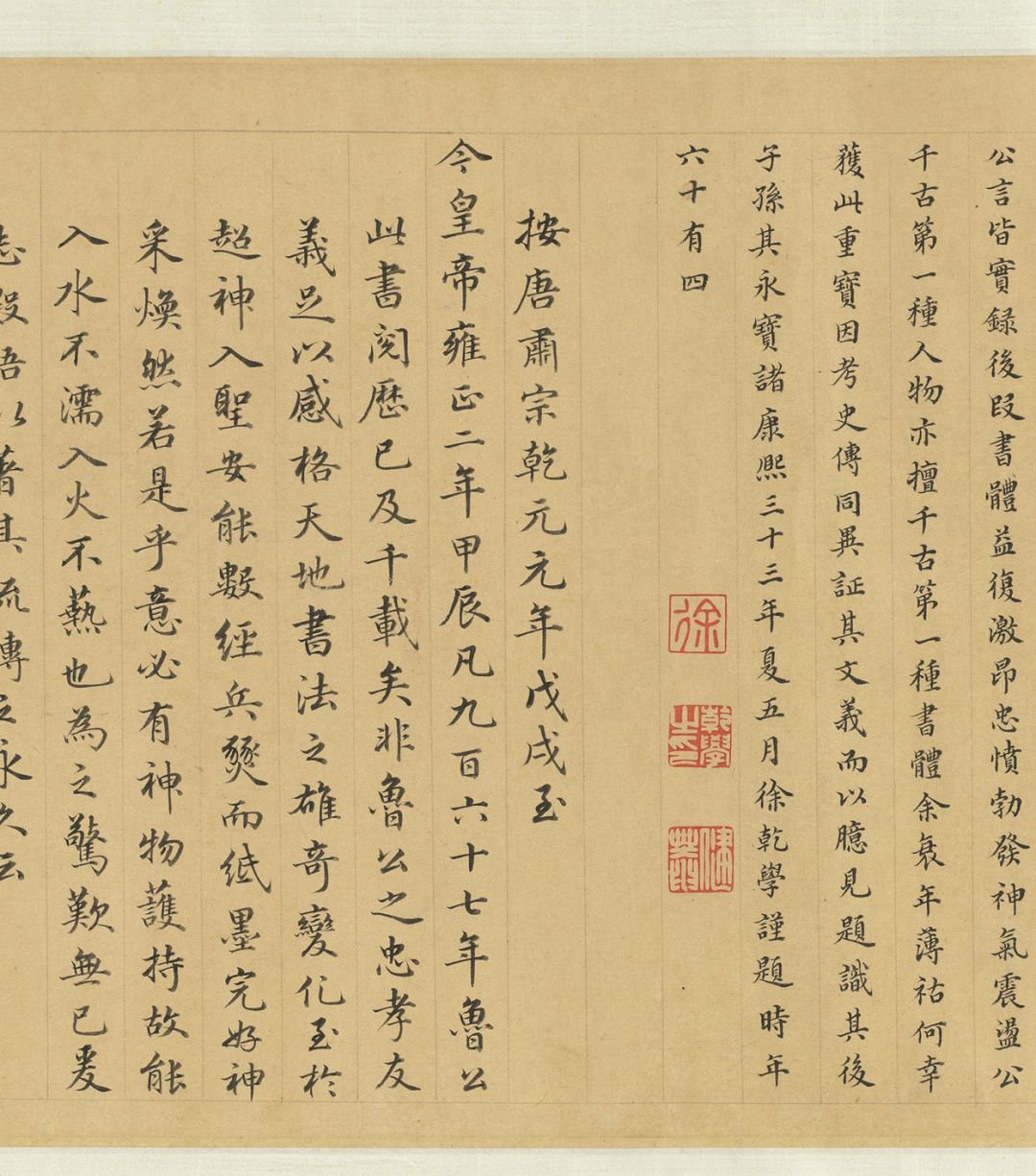
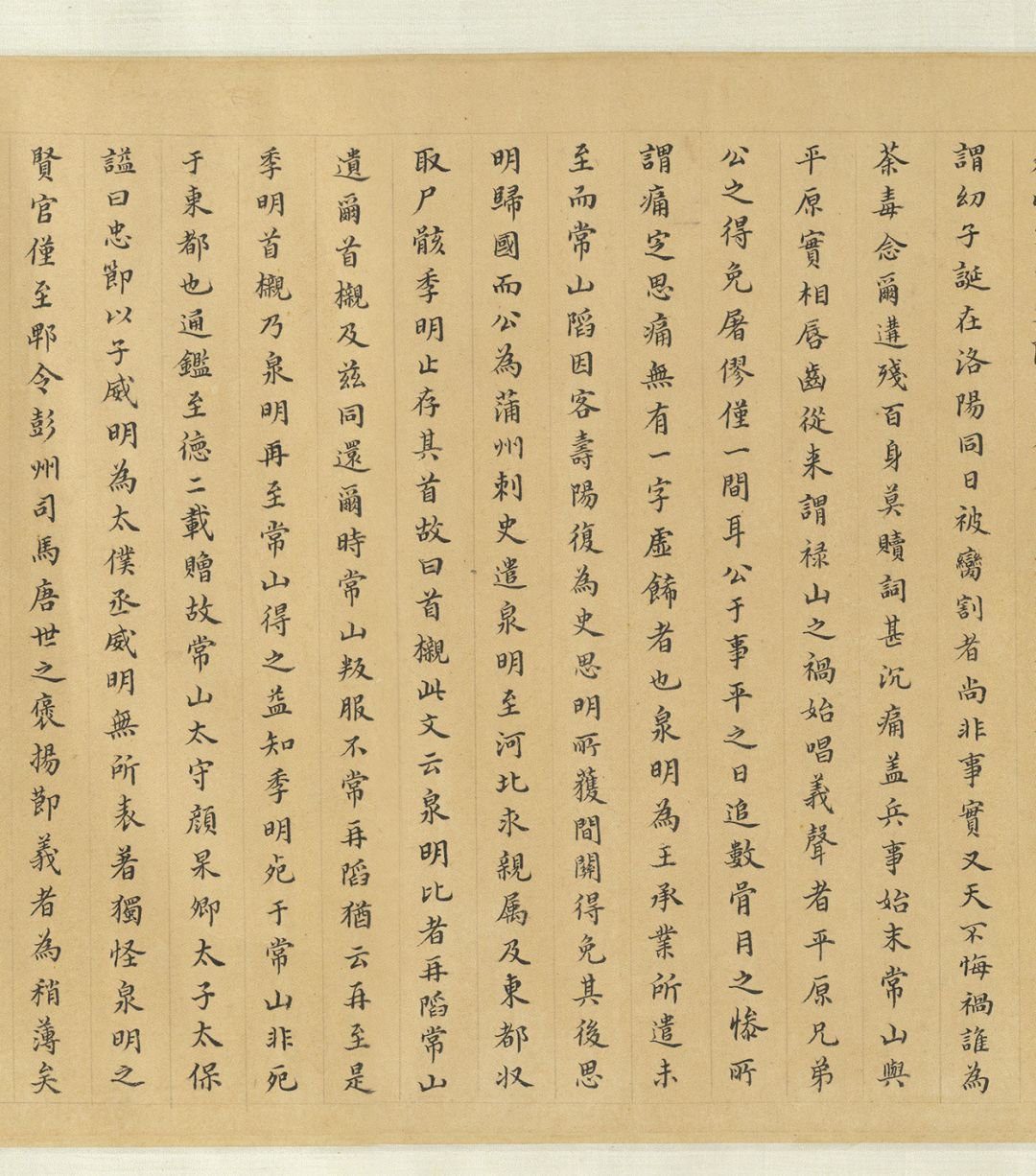
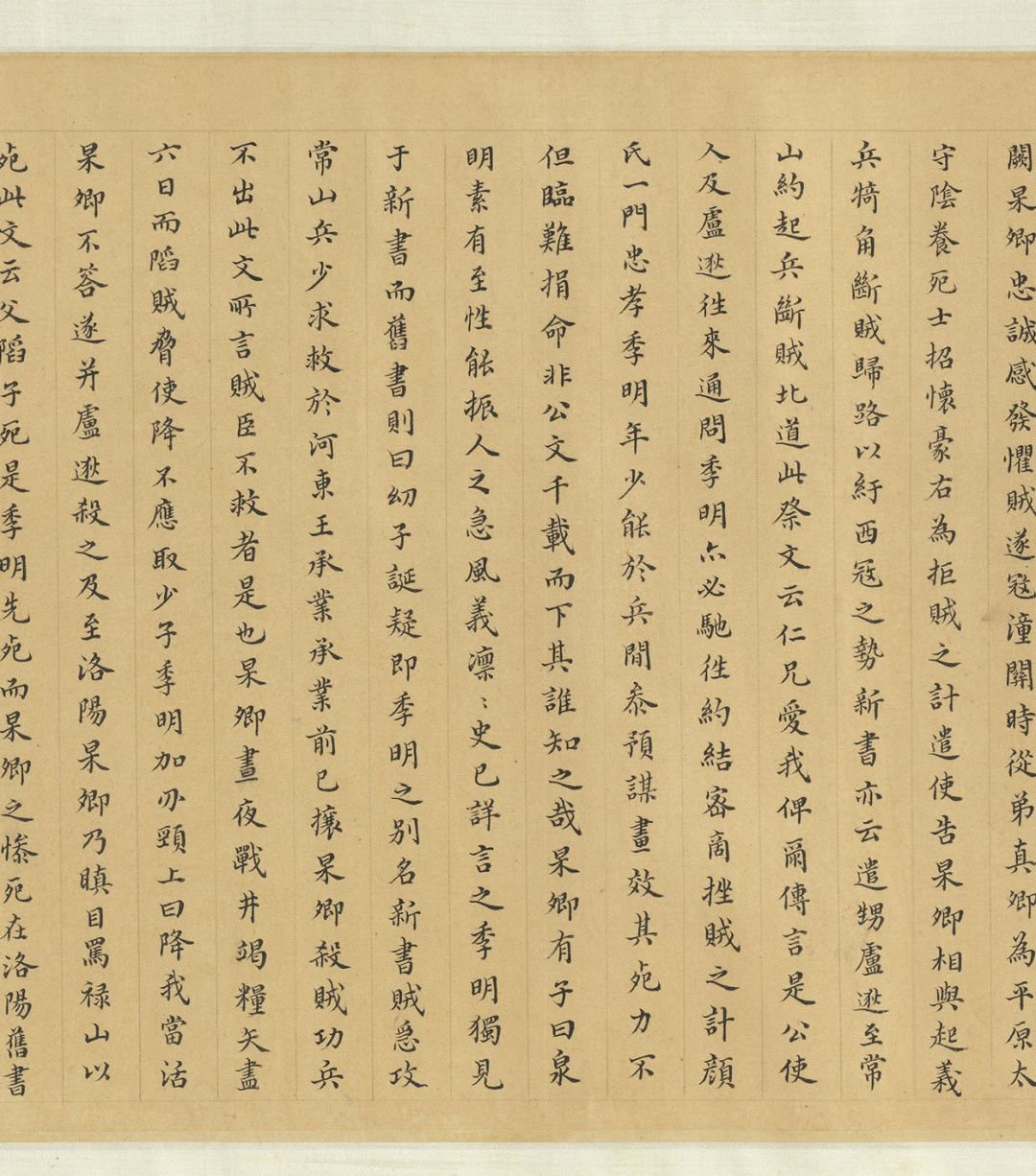
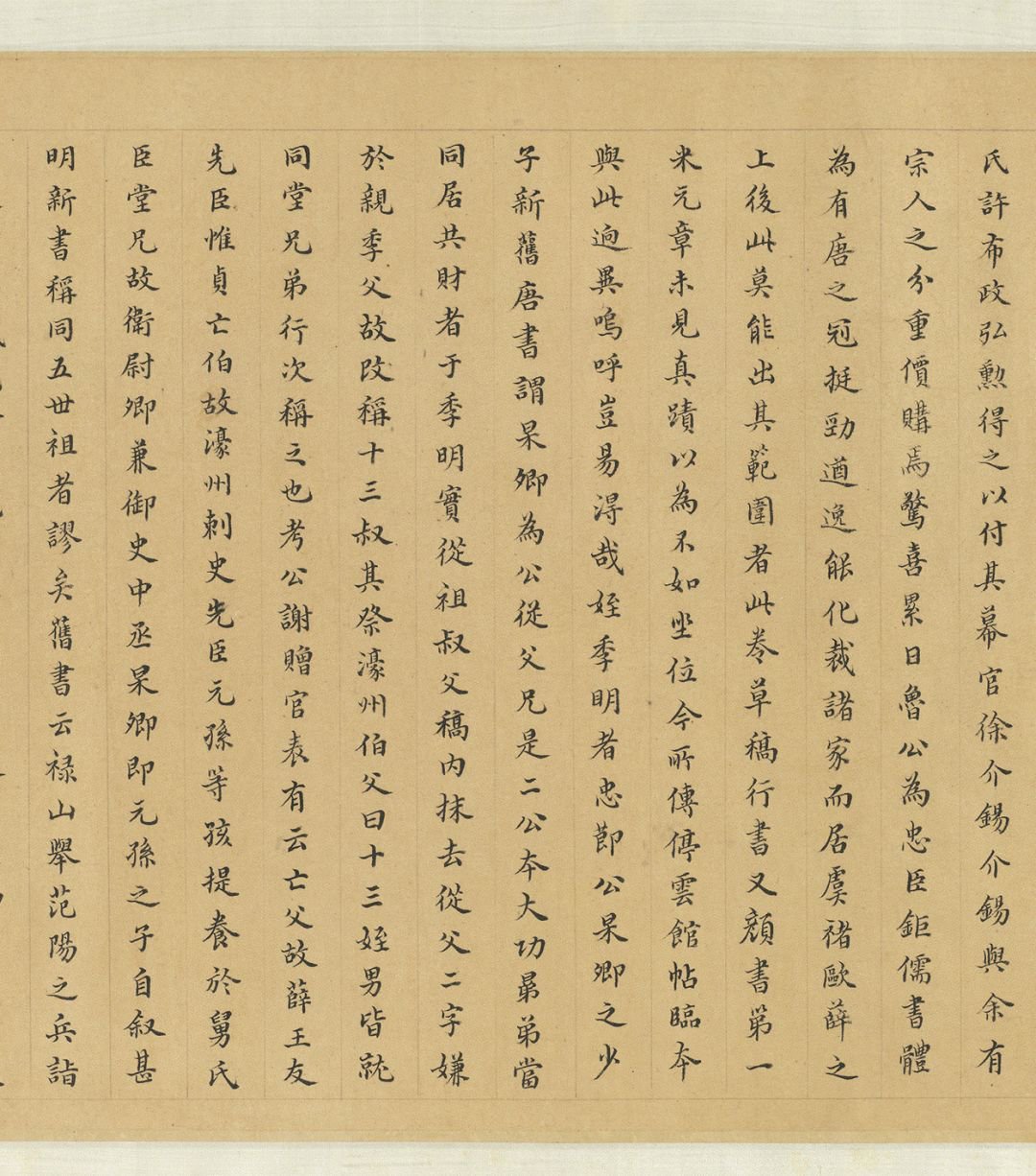
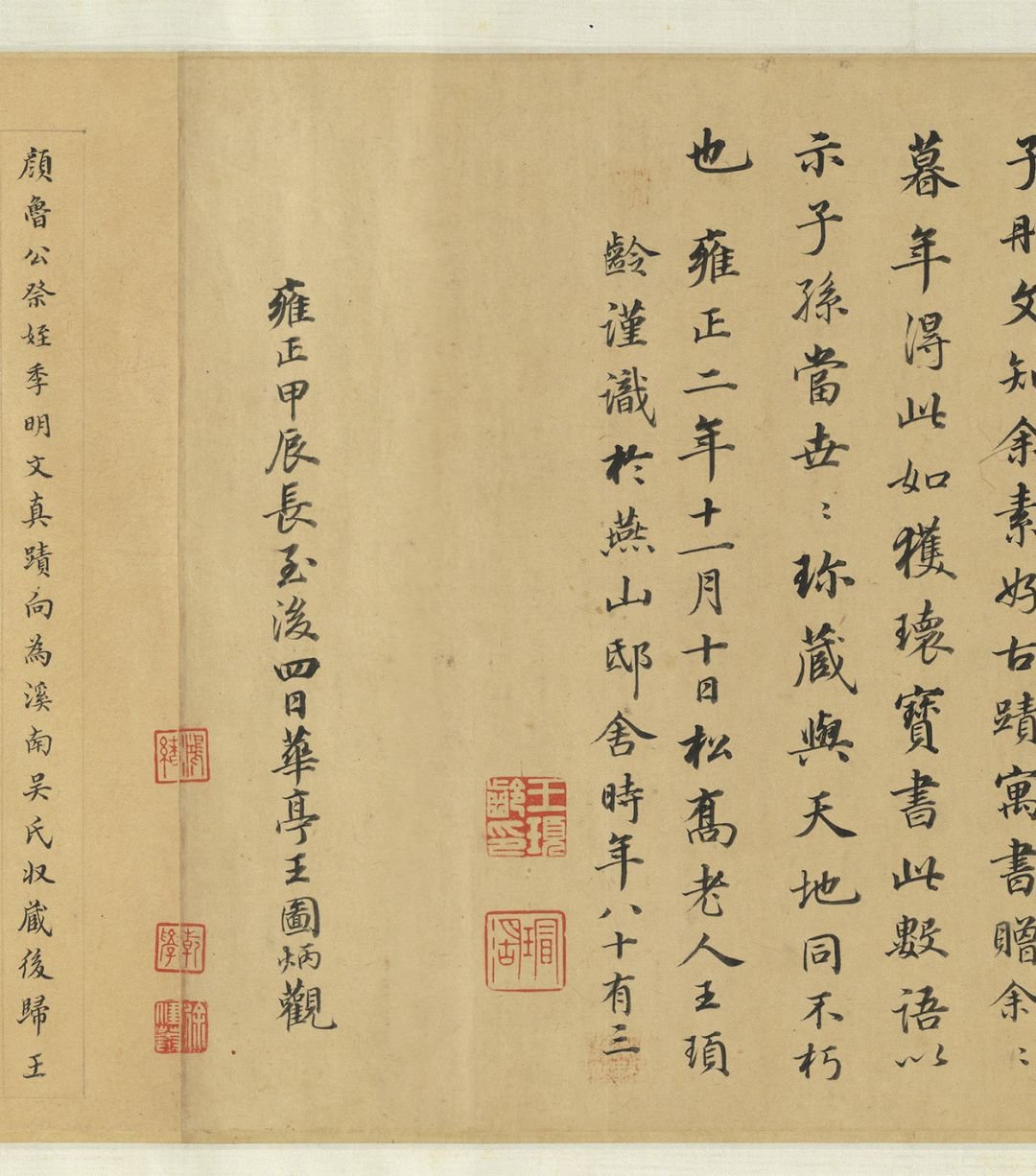
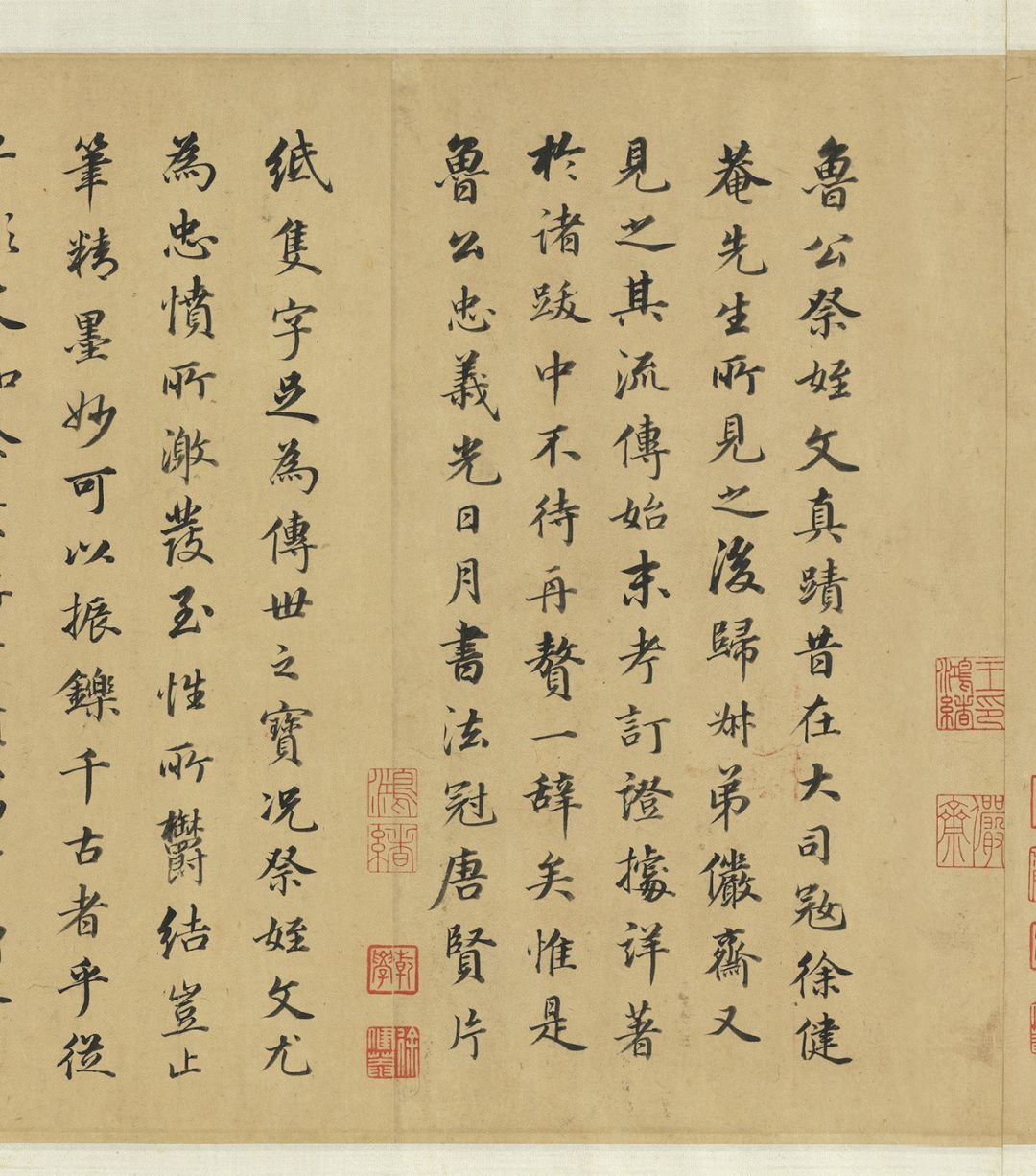
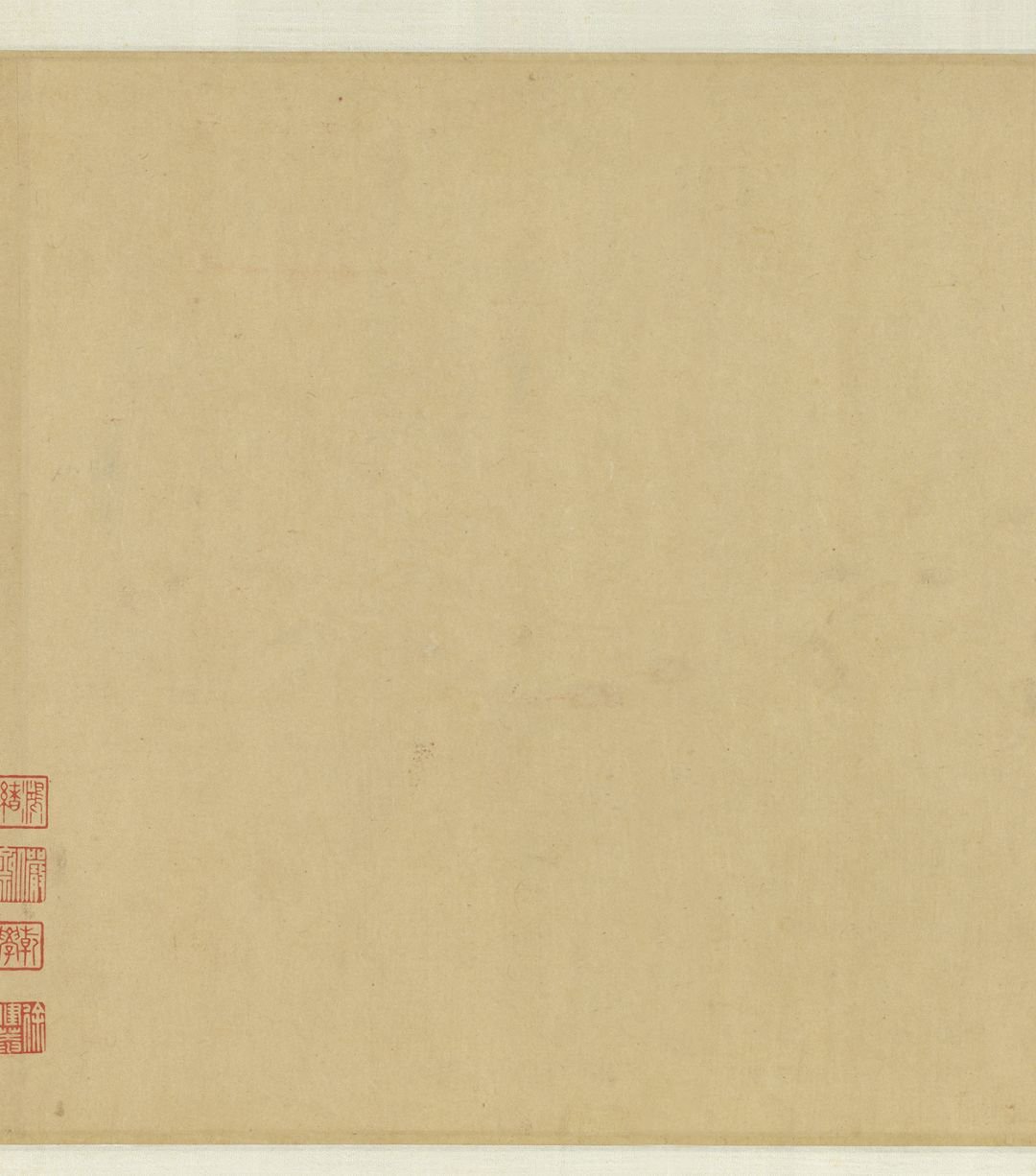
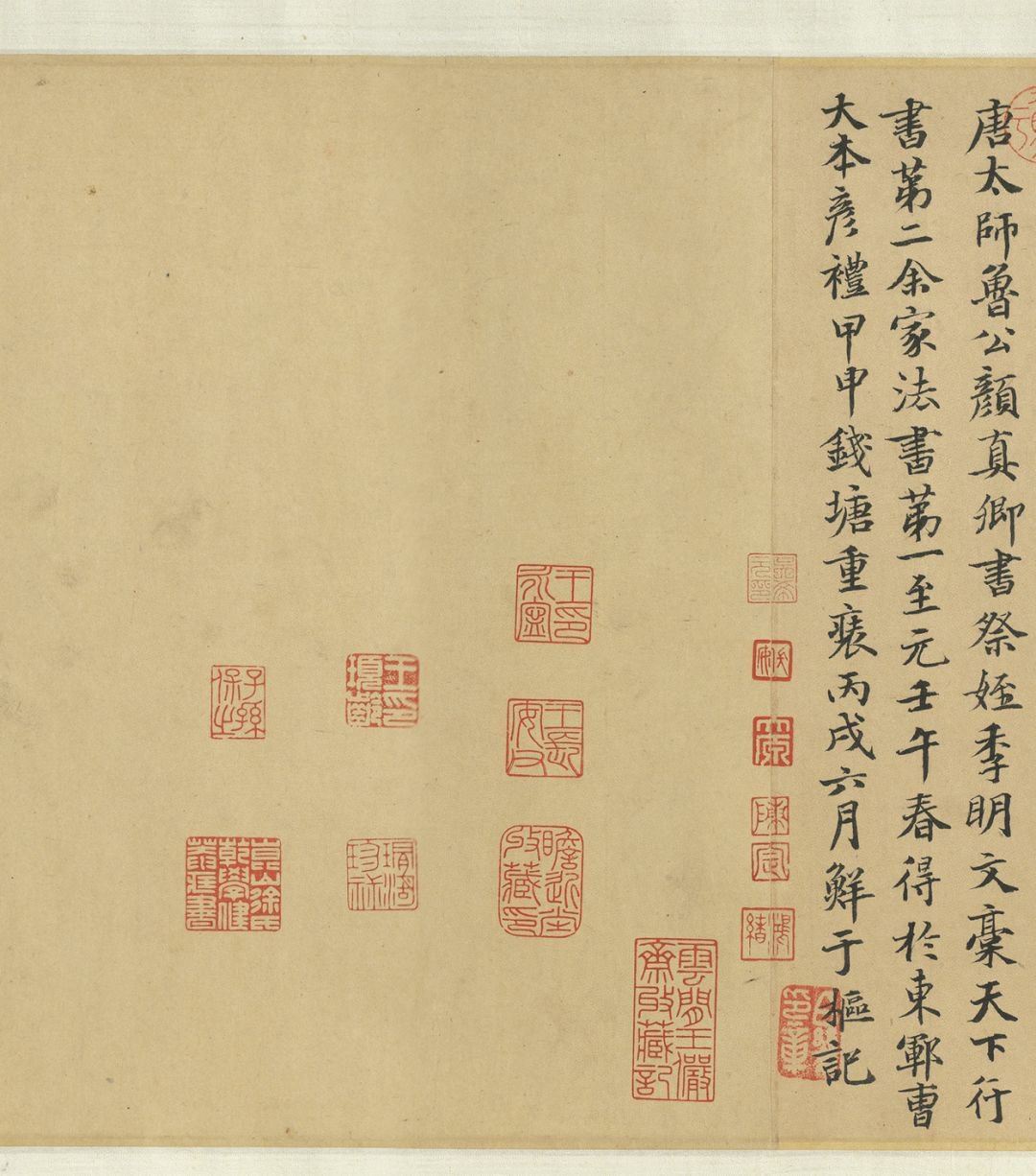
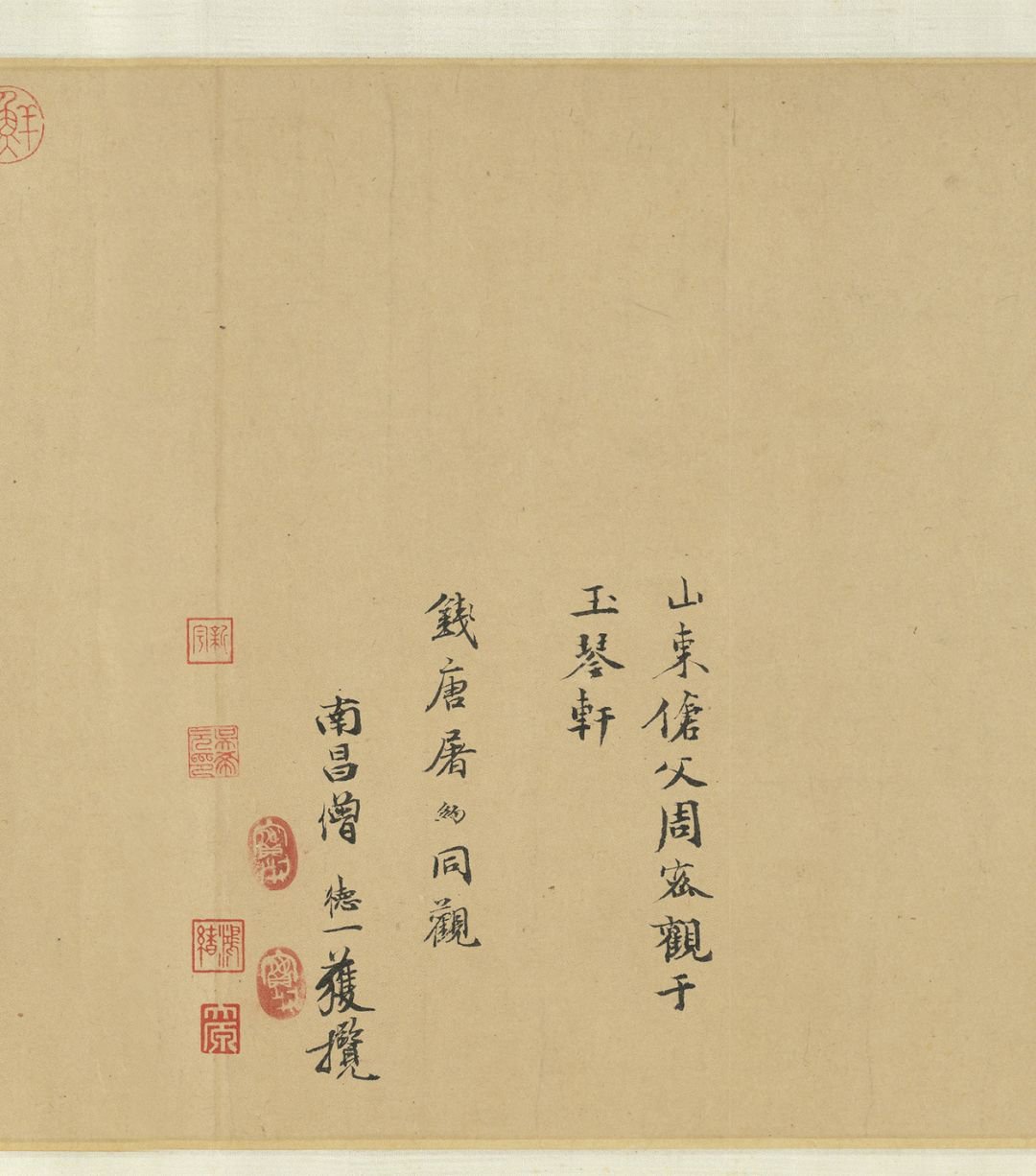
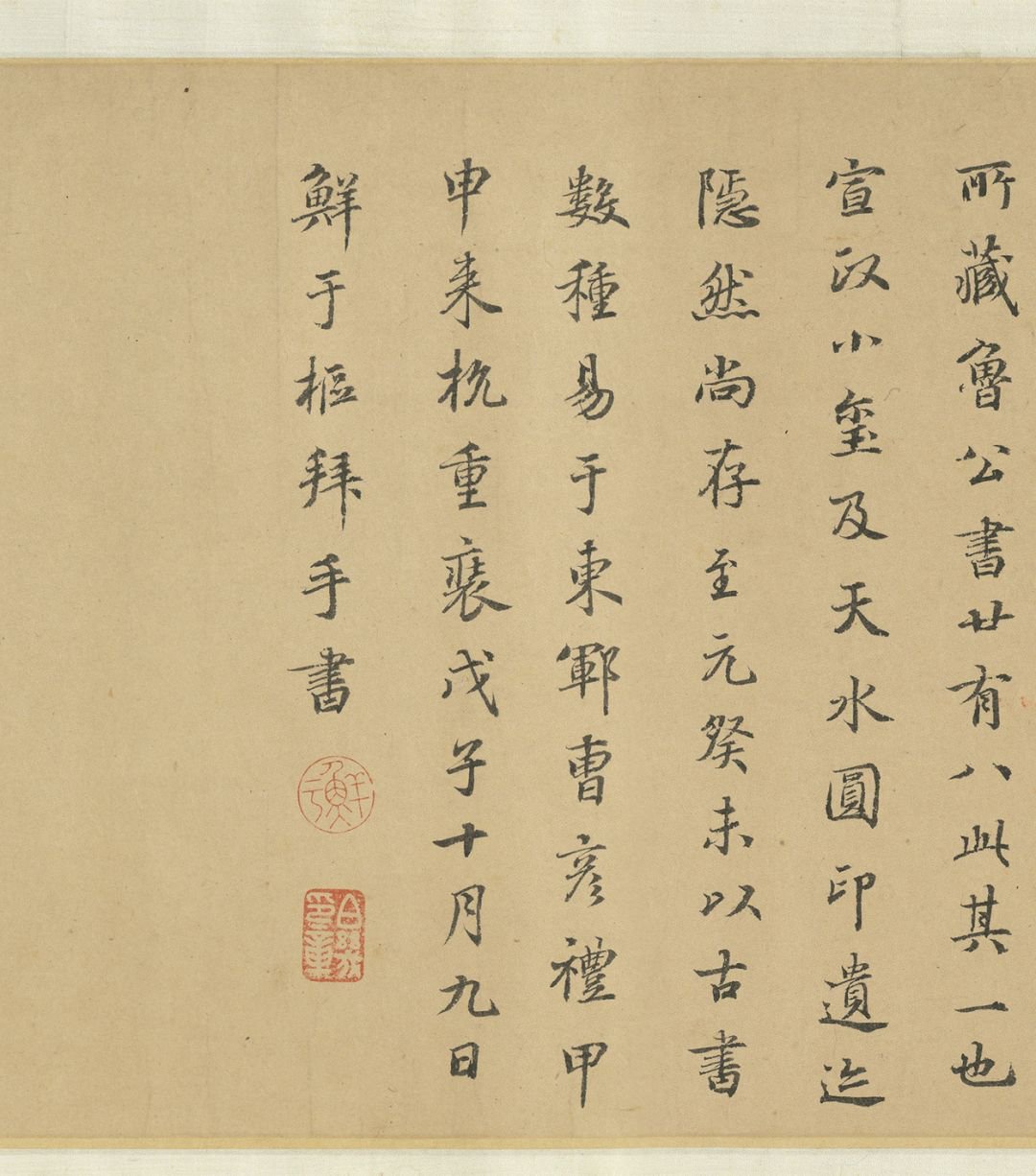
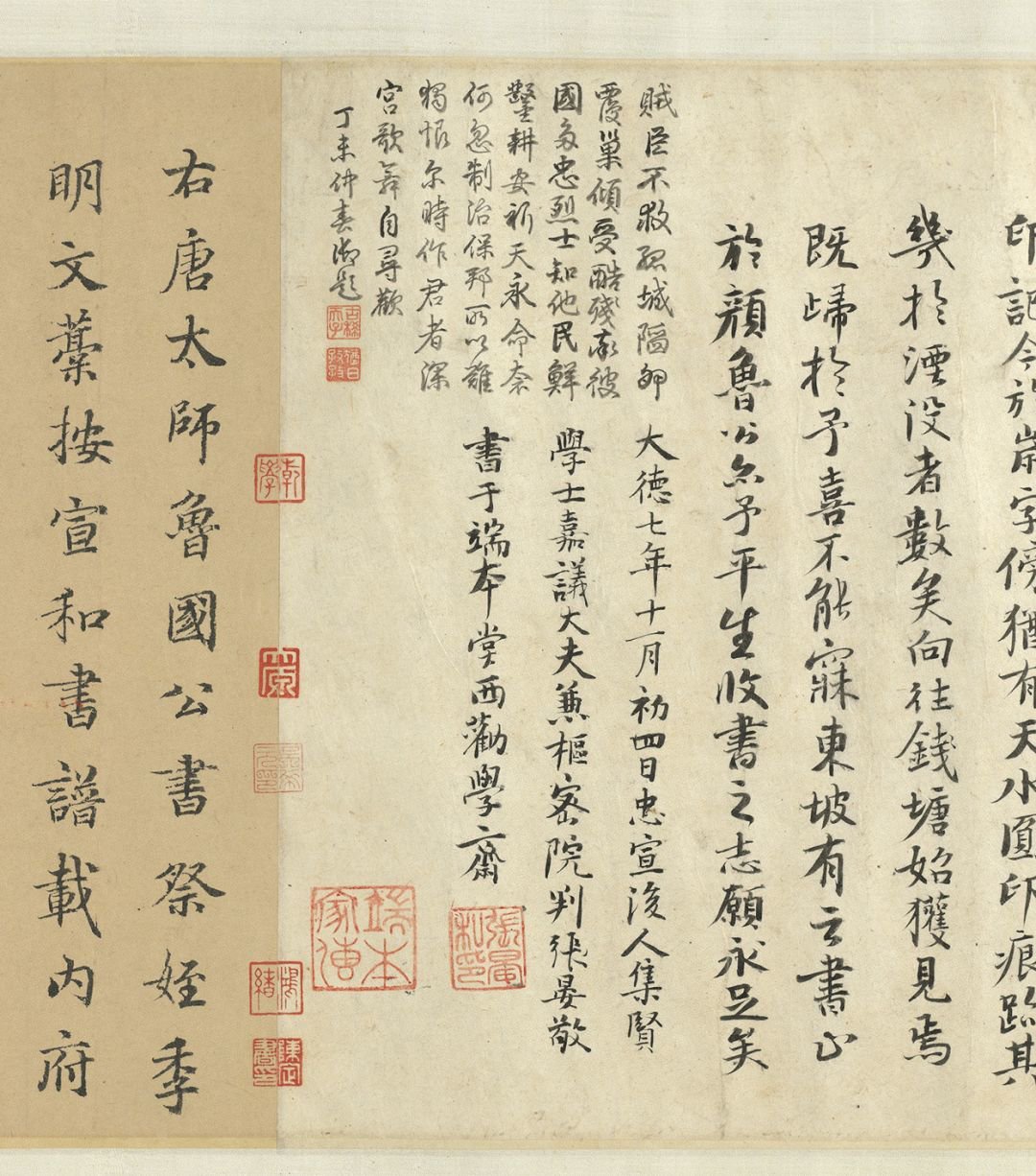
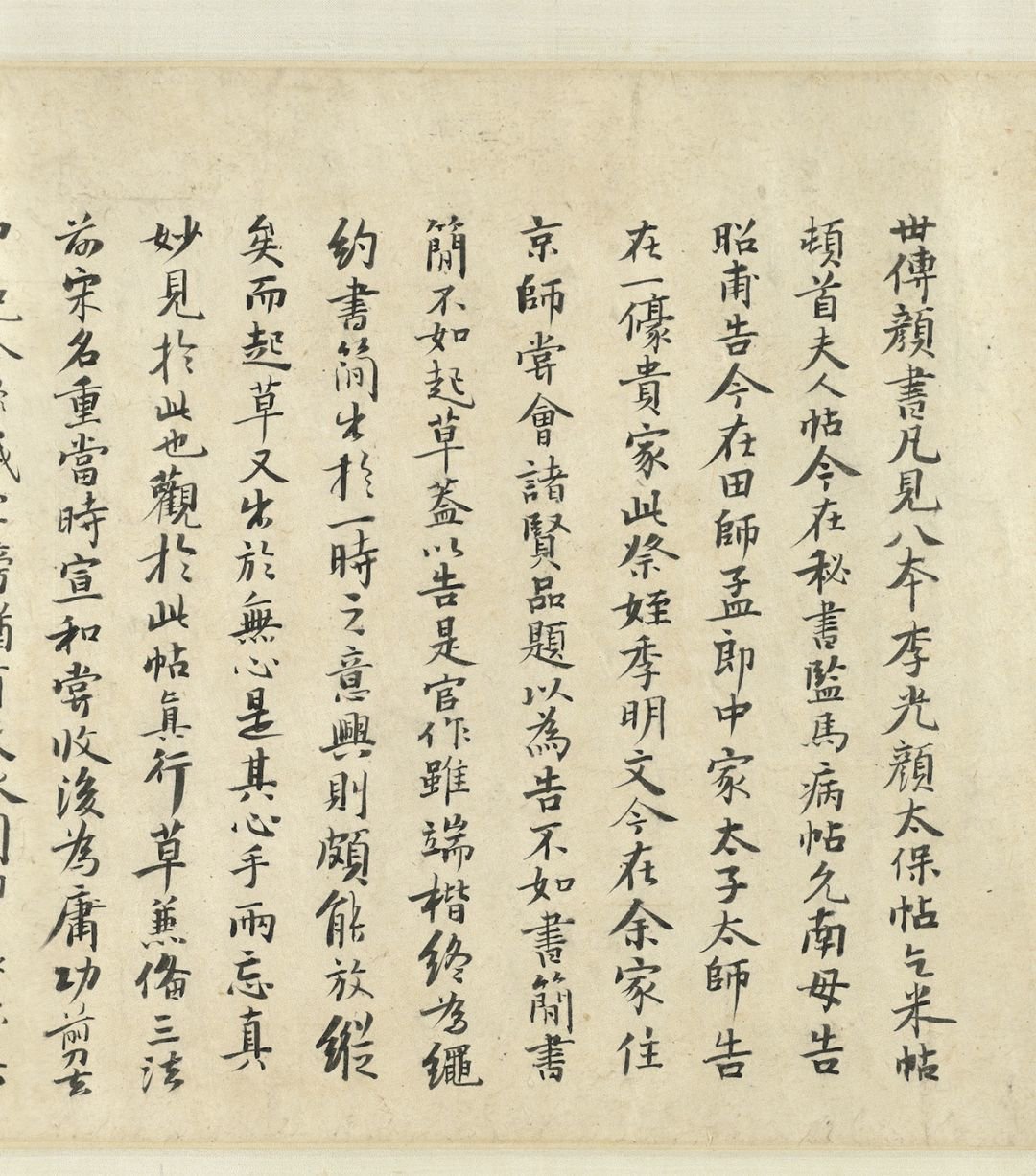
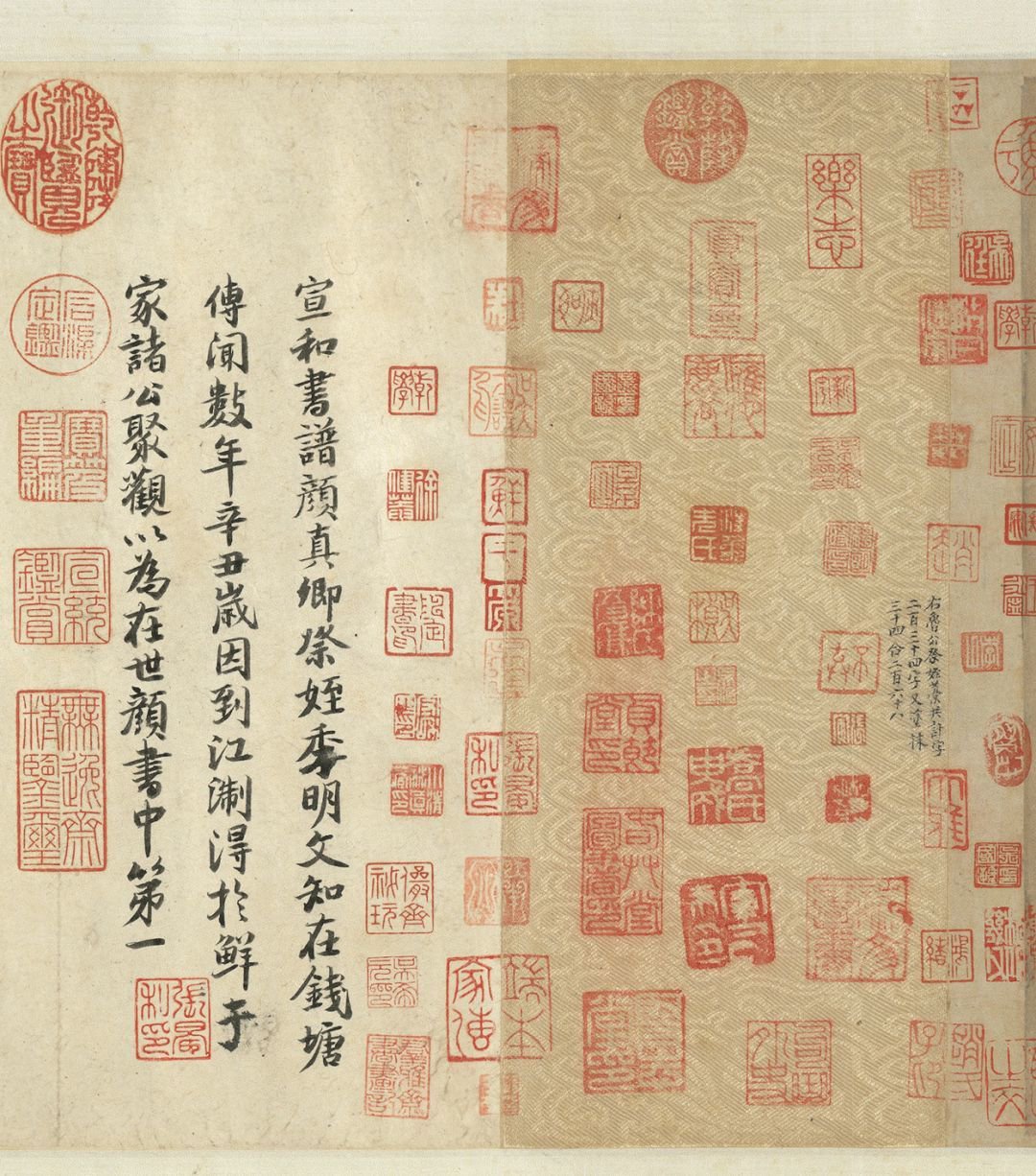
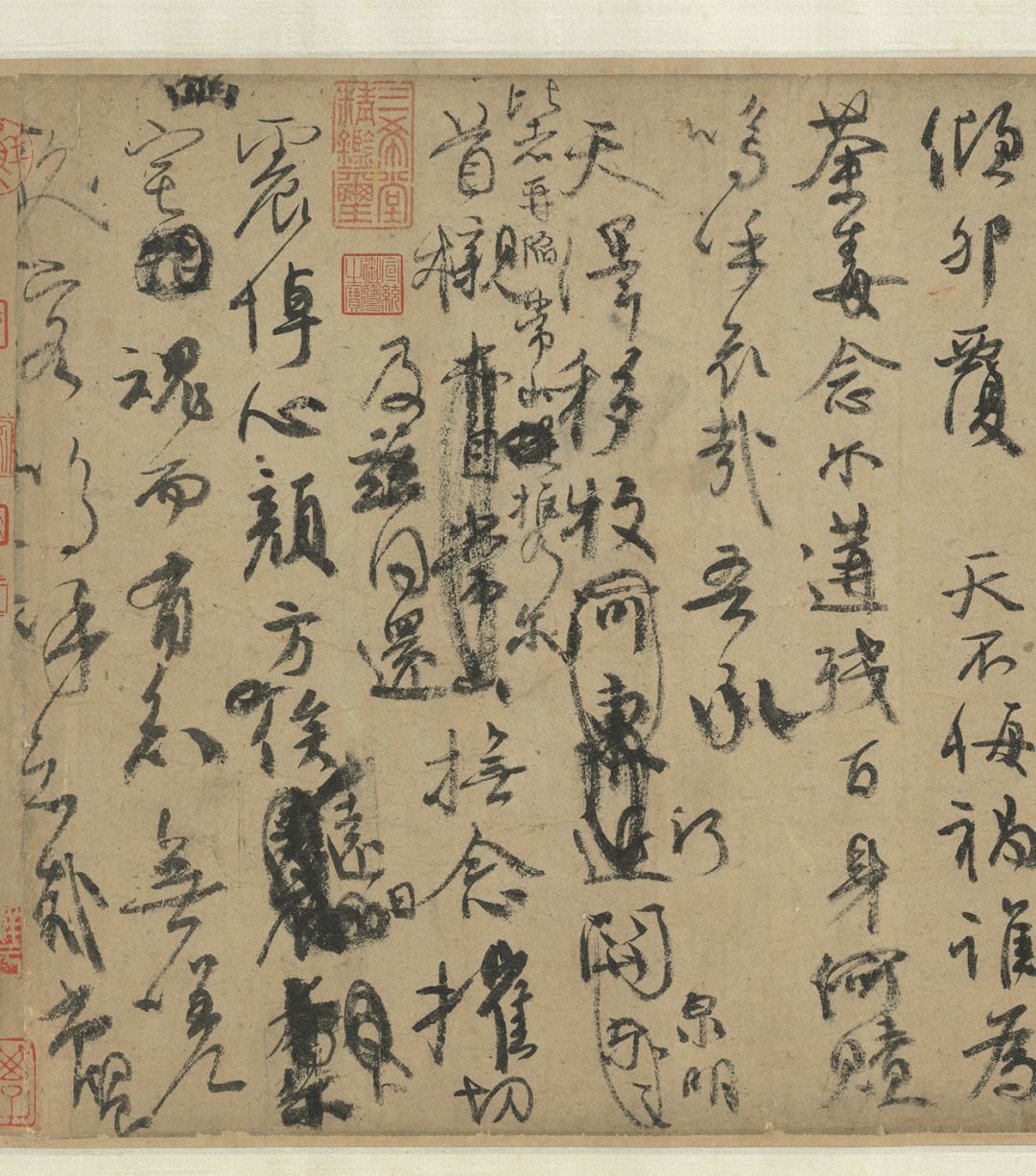
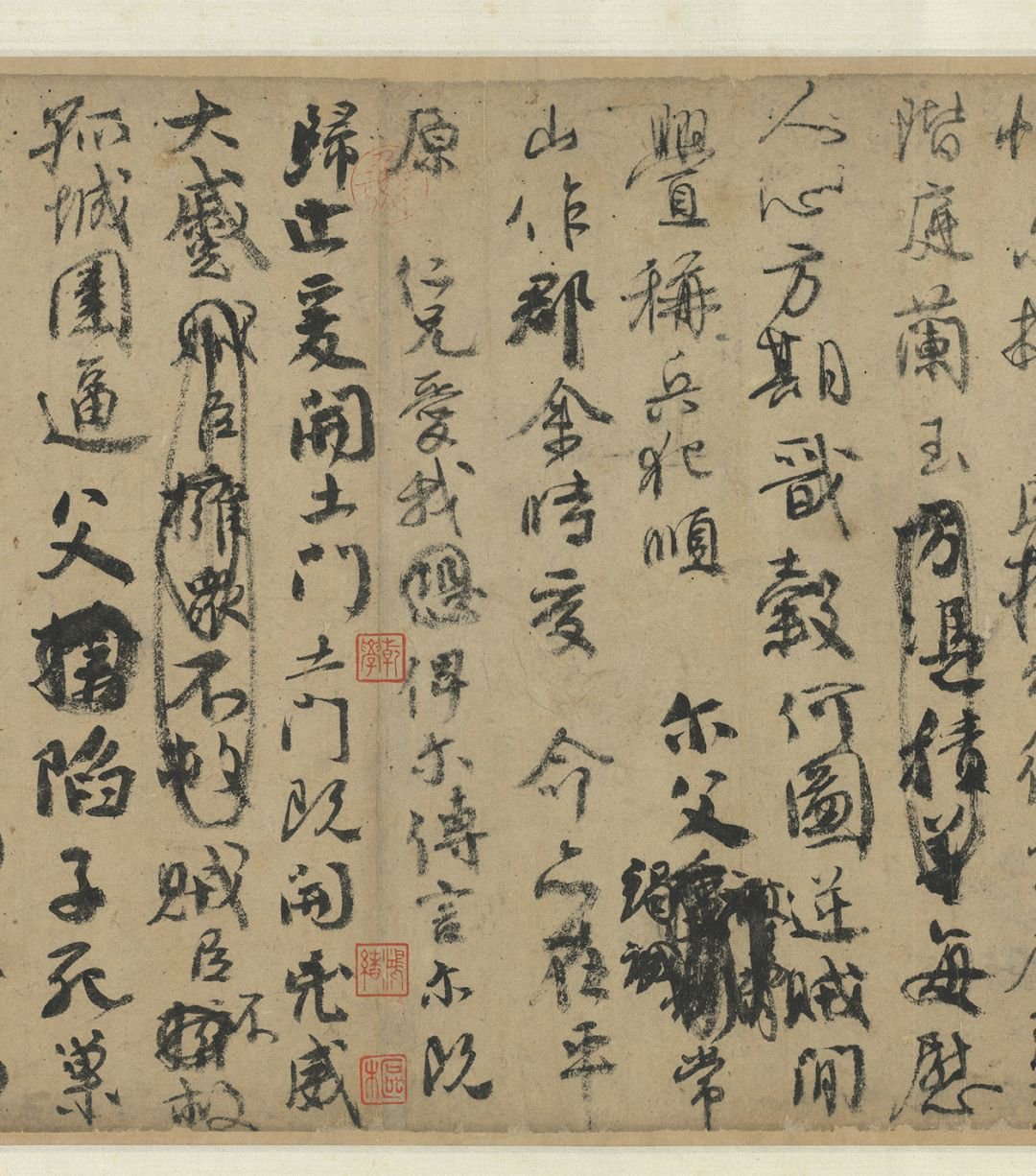
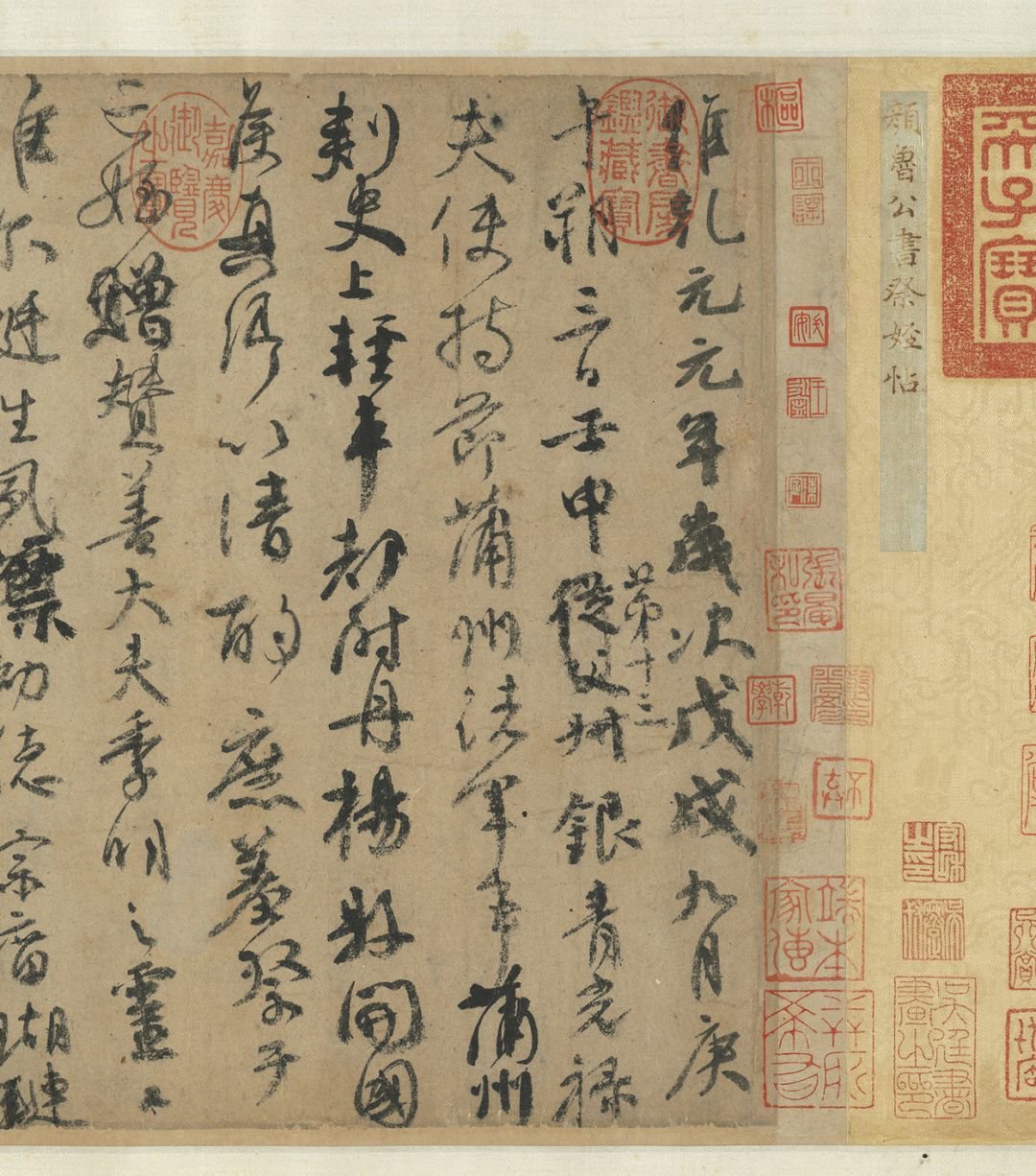
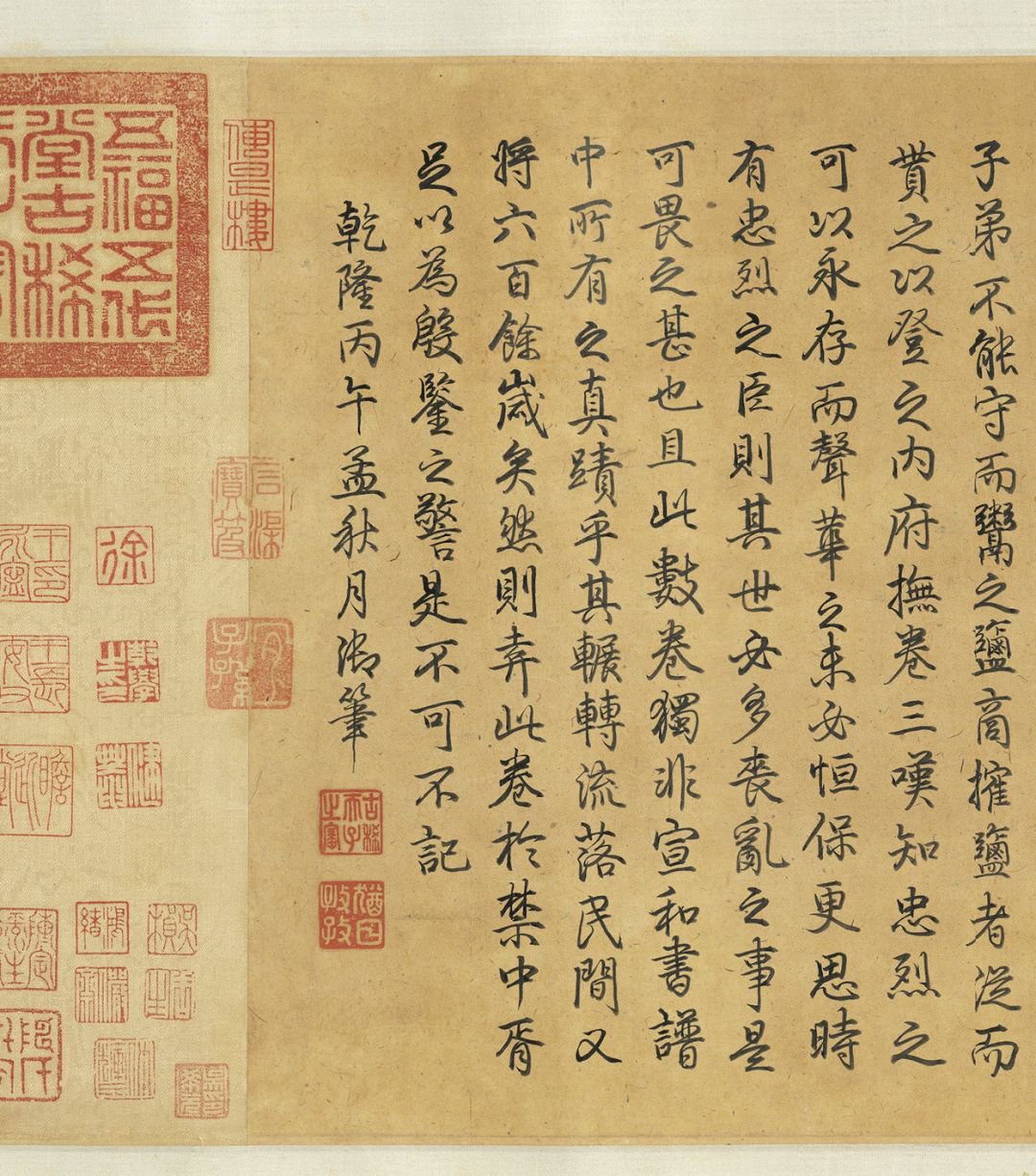
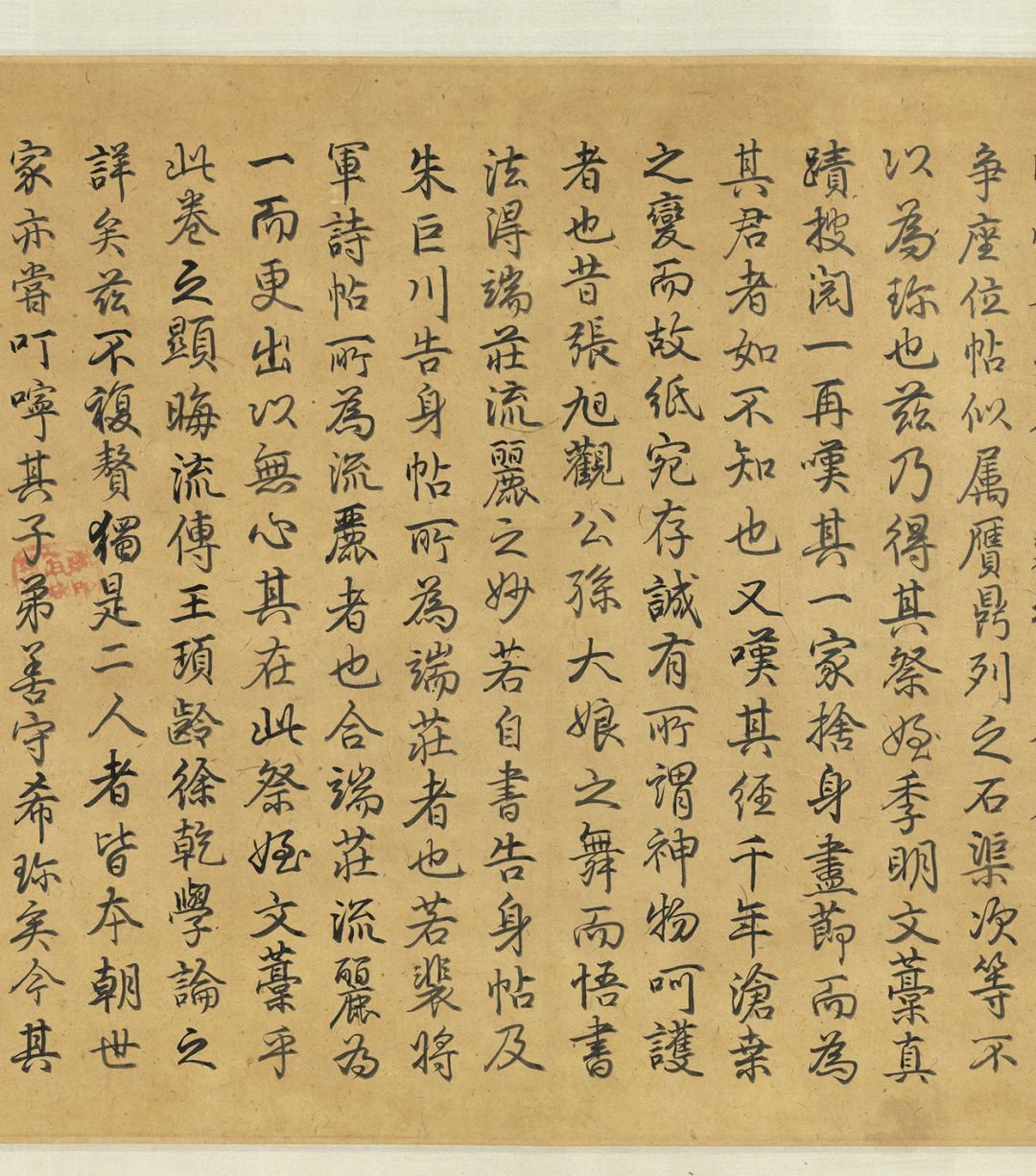
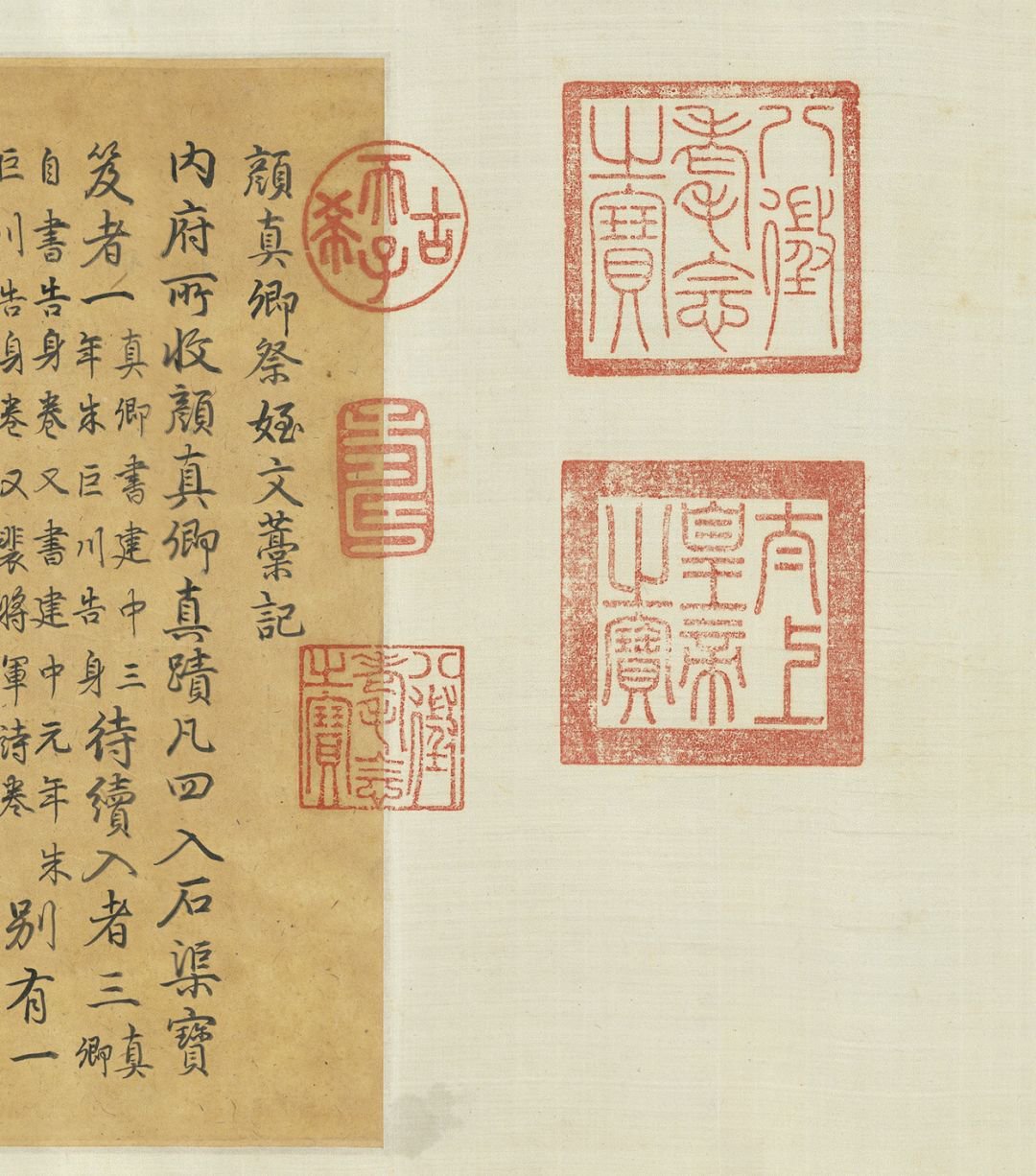
← Swipe left and right to watch →
Tang Dynasty Yan Zhenqing's memorial manuscript
Collection of the National Palace Museum, Taipei
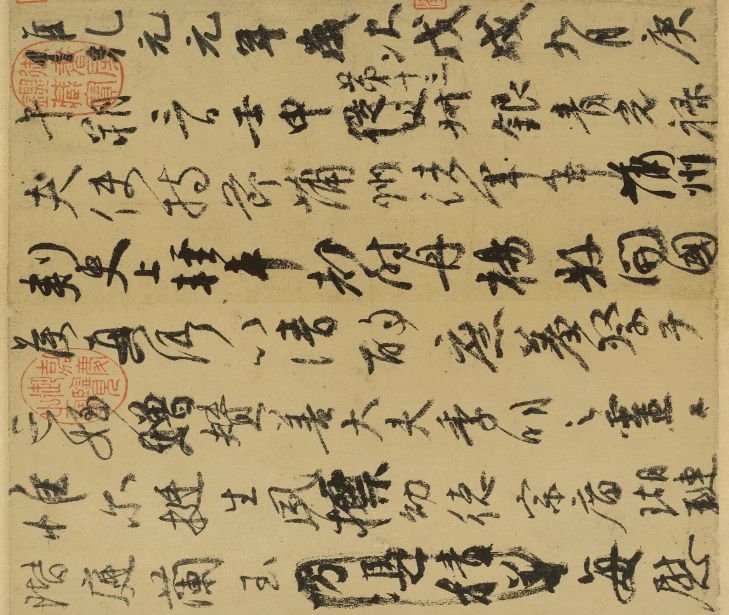
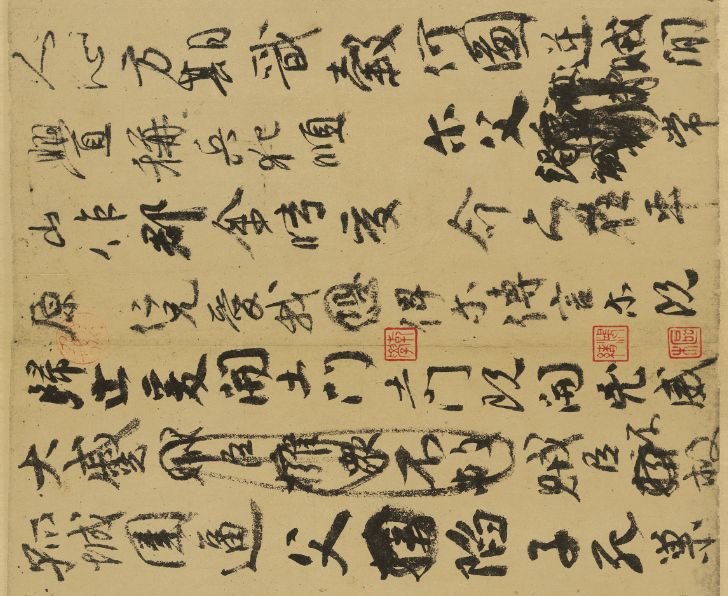
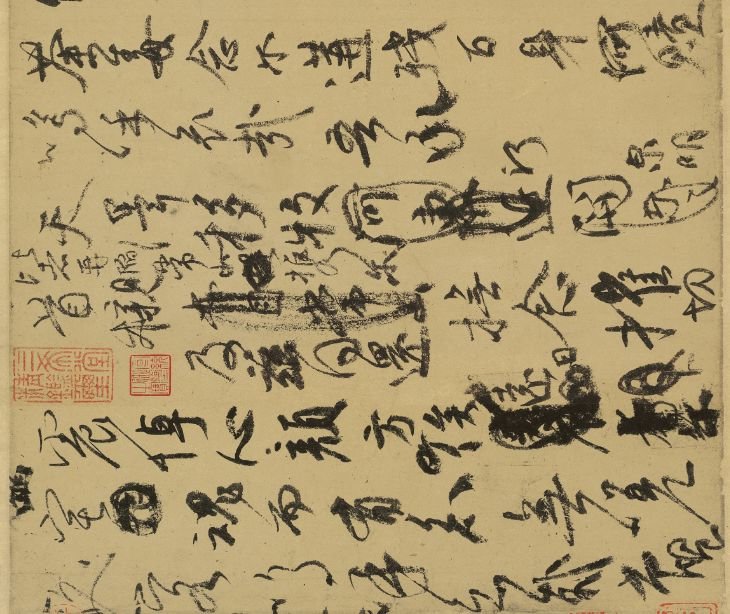
Tang Dynasty Yan Zhenqing's memorial manuscript
Collection of the National Palace Museum, Taipei
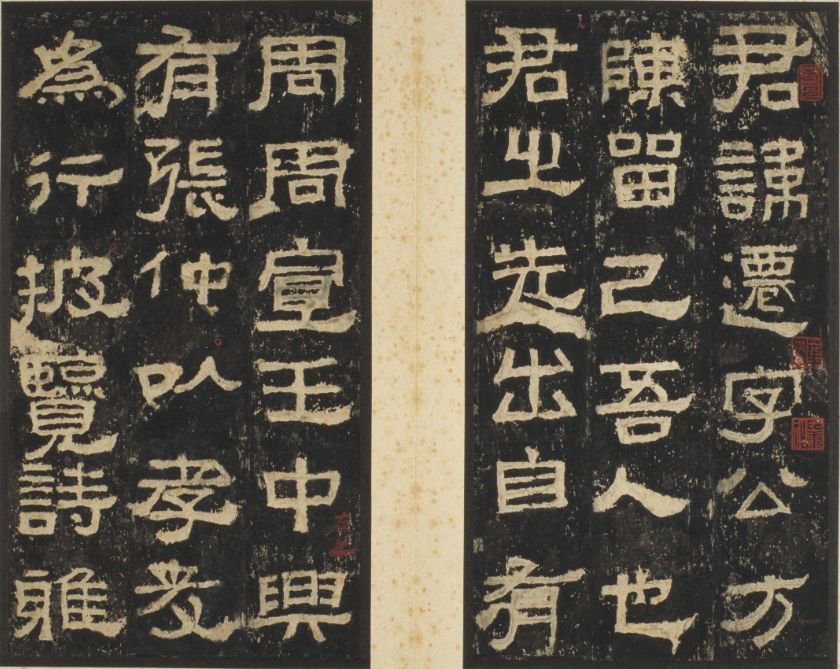
(Han) "Zhang Qian Monument" (part)
There is Zhang Zhi of the Later Han Dynasty in cursive script, and Zhong Yao of the Three Kingdoms in regular script. They are all predecessors of Wang Xi. But only Wang Xizhi made an unprecedented fusion of the ancient cursive and the new regular script, forming the style of Wei and Jin Xingzha calligraphy, which has dominated the history of calligraphy for three thousand years. Such an unprecedented and brilliant achievement is of course a piece of cake.
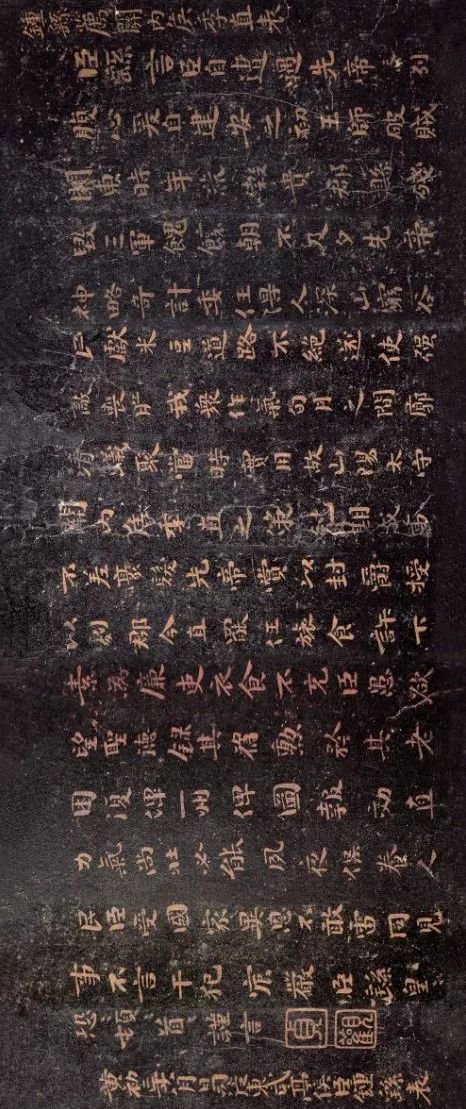
(Three Kingdoms and Wei Dynasty) Zhong Yao's "Ji Zhi Biao"
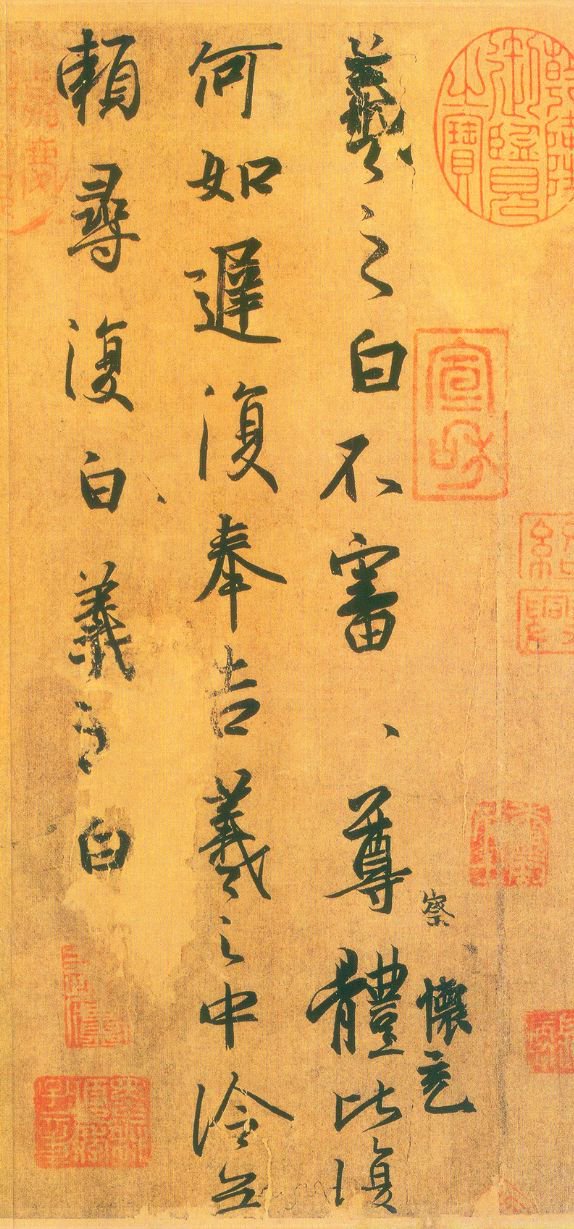
(Jin Dynasty) Wang Xizhi's "He Ru Tie"
Yan Zhenqing's contribution was based on a very advanced artistic expression based on "Cao" and "Kaifeng". He went off in a different direction and created the only "artistic" way that could not succeed in the era of practical writing of ancient characters. A unique model of "face and body".
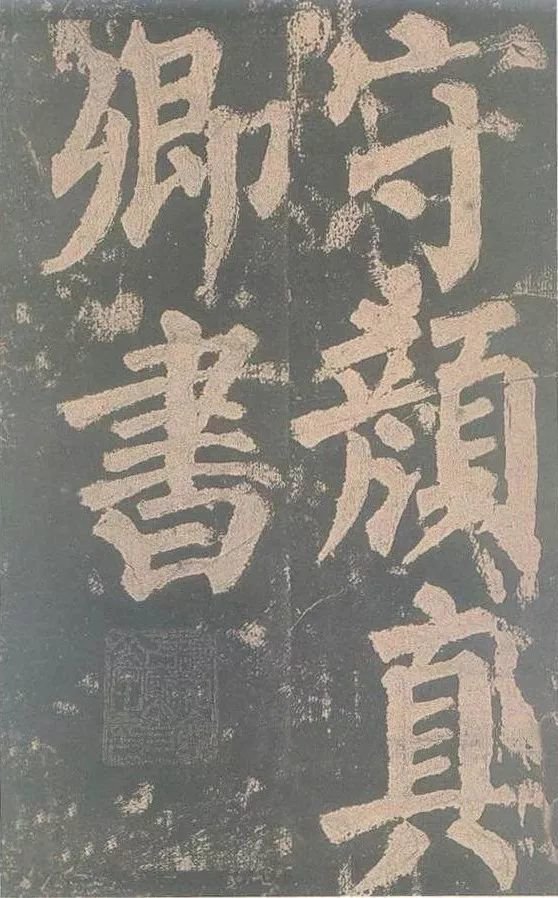
Yan Zhenqing's "Stele in Praise of Dongfang Shuo's Paintings"
Even the famous calligraphers Ouyang Xun, Yu Shinan, and Chu Suiliang in the early Tang Dynasty; Xu Hao and Li Yong in the prosperous Tang Dynasty; and Liu Gongquan in the middle and late Tang Dynasty, if this series of calligraphy masters really lined up to compete with Yan Zhenqing, they would basically be on the lookout. Invincible, unable to compete. Yan Zhenqing has such extraordinary and extraordinary cultivation, which is naturally enough to be respected by all generations.
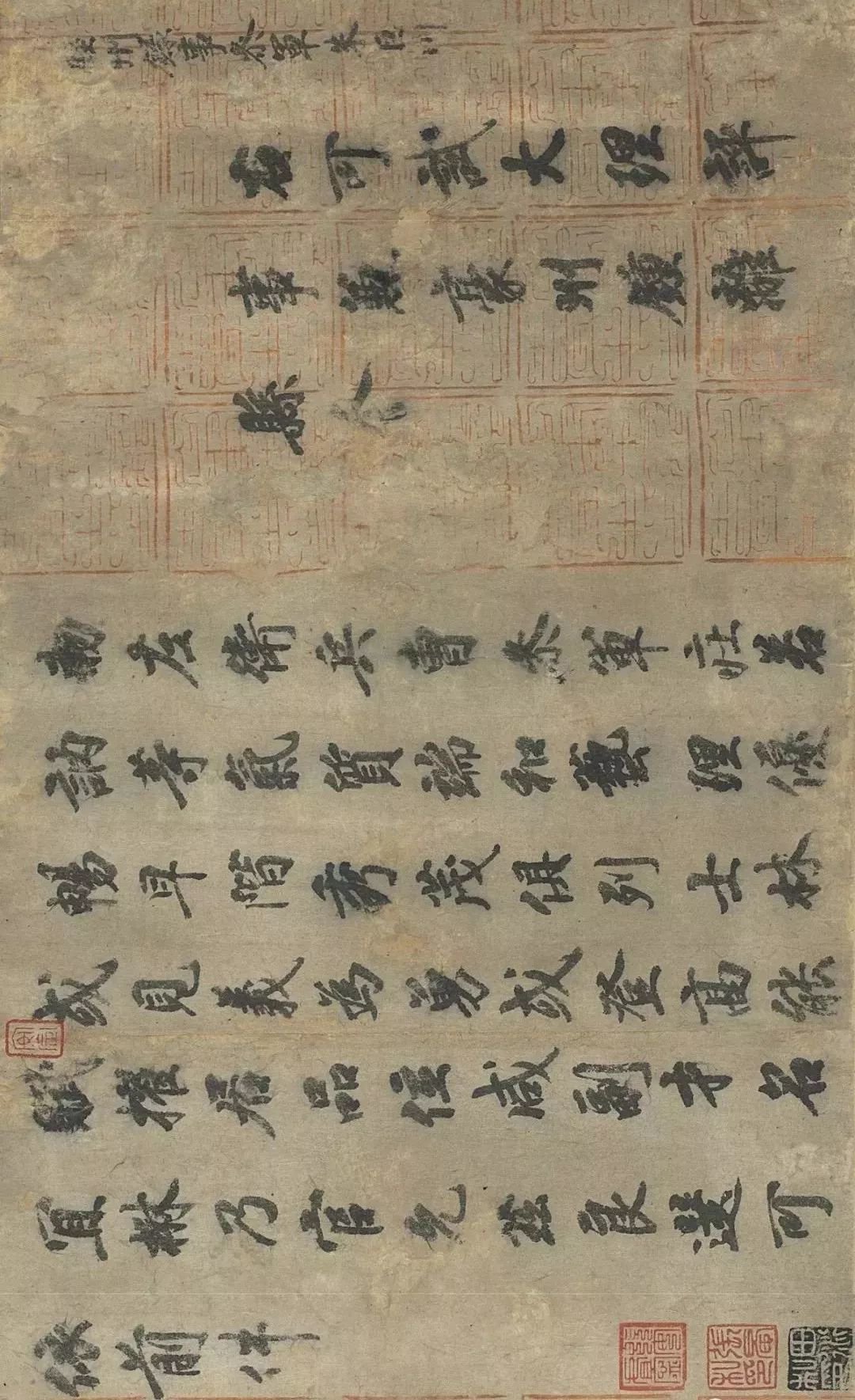
Xu Hao "Zhu Juchuan's confession"
Yan Zhenqing is of course most famous for his regular script, "Yan Liu Ouzhao", which has always been the indispensable classic for learning calligraphy since the late Qing Dynasty and the Republic of China, especially the established standard in national primary school textbooks. In terms of time, Ouyang Xun should be the best, but for many years everyone has unanimously respected Yan as the most respected one; he seems to have won the hearts of most scholar-bureaucrats and scholars.
Some people attribute him to a loyal minister and martyr, a hero throughout the ages; because Ou and Liu were not so loyal, and Zhao Mengfu was even accused of being coquettish, Er Yan Zhenqing's "first place" in the history of calligraphy is firmly and truly deserved. .
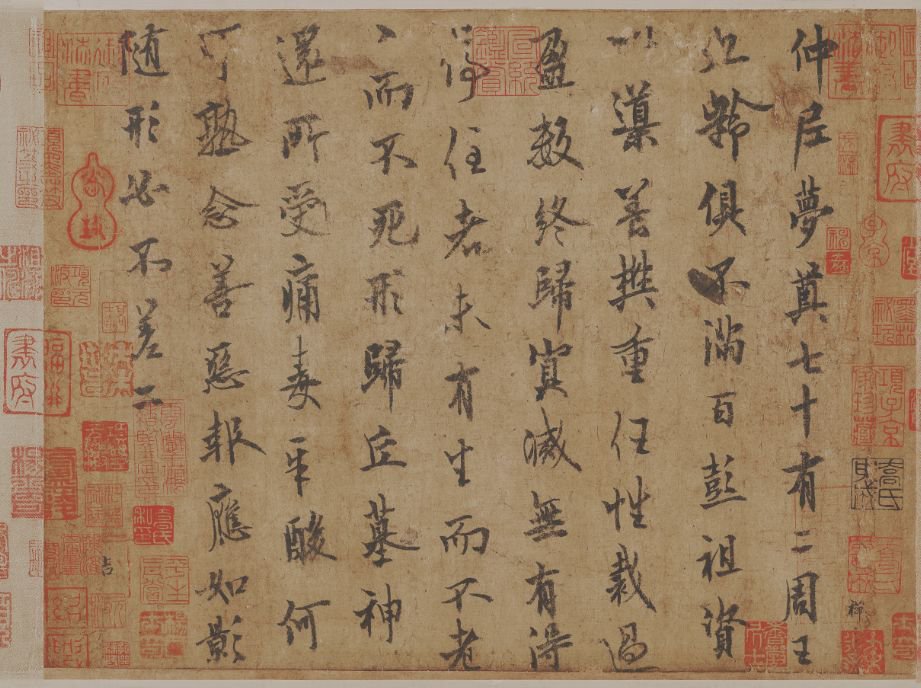
Ouyang Xun's "Zhongni Meng's Memorial Ceremony"
The greatest contribution of Yan Zhenqing's regular script is that he made an unprecedented and completely subversive change to the regular script of the Tang Dynasty since Ouyang Xun, Yu Shinan, Chu Suiliang, and Xue Ji. This uniqueness of "Yan Family Style" has been unprecedented since the beginning of regular script. It has never been called "Yan Ti" in the old world, and it has clear originality. There is no one like him throughout the ages, he is certainly a master. But it's not just that. Yan Zhenqing was actually better able to write his "Yan style" in a way that keeps pace with the times, with styles from all directions, and new ideas coming out at any time. This is his unique skill, and Ou, Yu, and Chu are not as good as him. Arrange it:
34-year-old book "Wang Lin's Epitaph" (741)
"Epitaph of Guo Xuji" written at the age of 43 (751)
The book "Duobao Pagoda Stele" (752) was written at the age of 44, entering the mature stage of Yan's body.
45-year-old book "Praise to Dongfang Shuo's Paintings" (753)
50-year-old book "Inscriptions on Visiting Jintianwang Shrine" (758)
54-year-old book "Xian Yu Shi Li Dui Ji" (762)
56-year-old book "Guo Family Temple Stele" (764)
62-year-old book "The Story of Magu Immortal Altar" and "The Monument of Zang Huaike" (771)
At the age of 63, he wrote "Ode to the Zhongxing of the Tang Dynasty", "Yuanci Mountain Stele", "Ba Guan Zhai Hui Bao De Ji" and "Song Guangping Stele" (772)
At the age of 64, he re-authored the book "Tianxia Release Pond Stele" (773).
"Qianlu Zi Shu" written at the age of 65 (774)
"Li Xuanjing Stele" written at the age of 68 (777)
70-year-old book "Yan Qinli Monument" (779)
72-year-old book "Yanjia Temple Stele" (780)
…
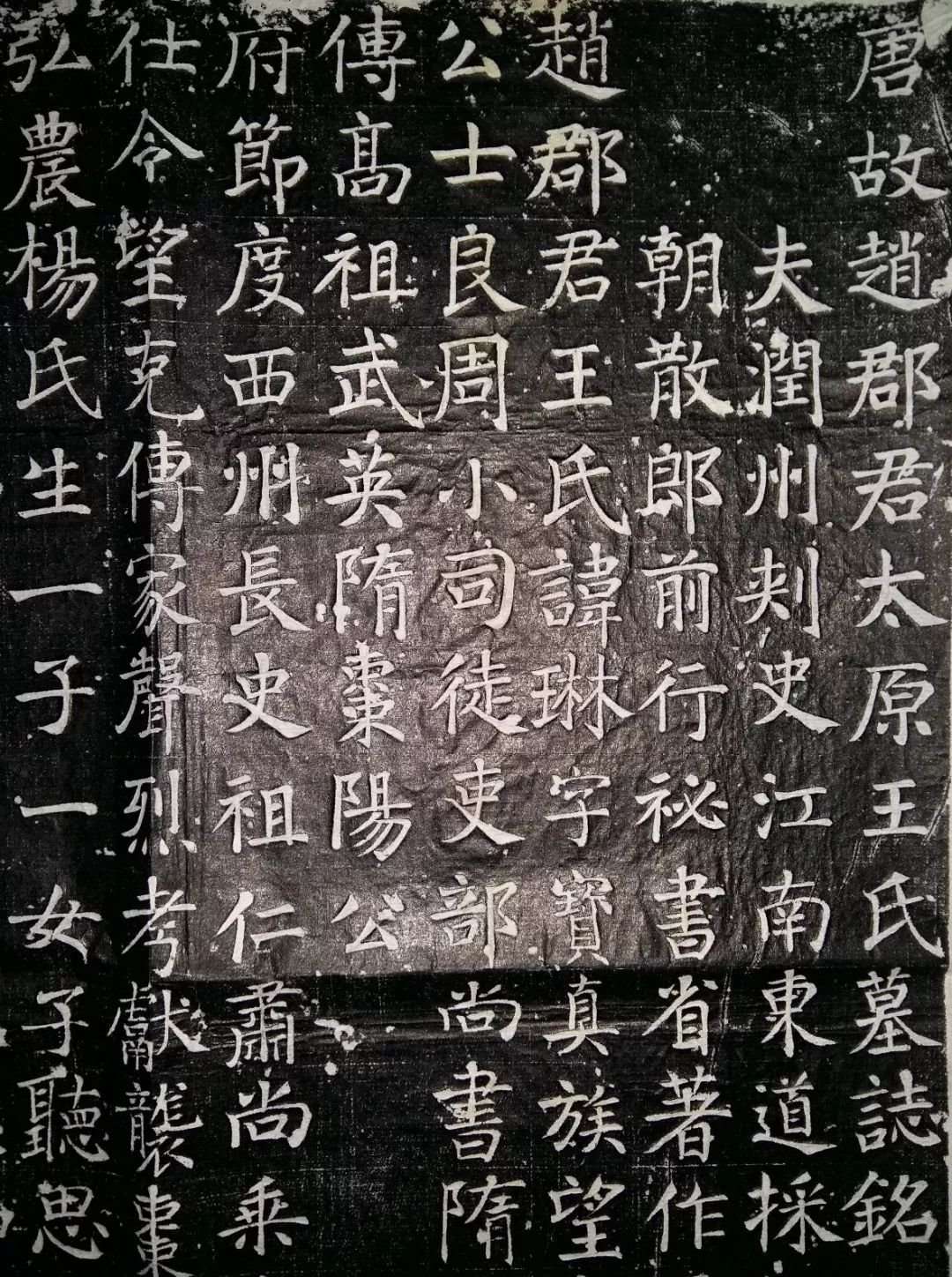
34-year-old book "Wang Lin's Epitaph" (741)
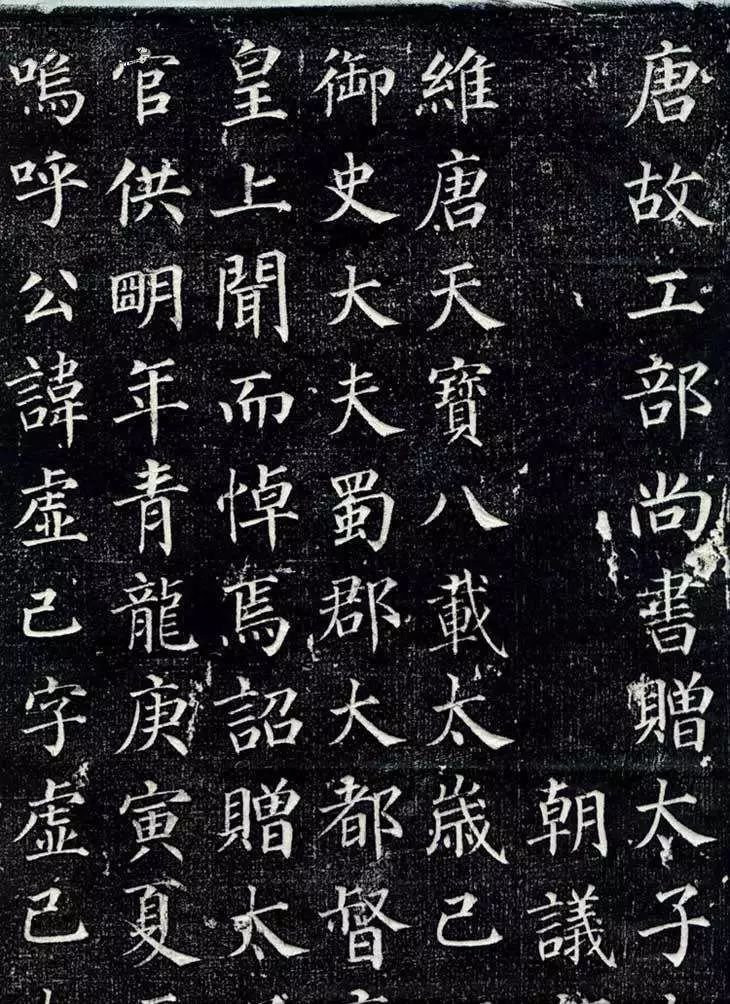
"Epitaph of Guo Xuji" written at the age of 43 (751)
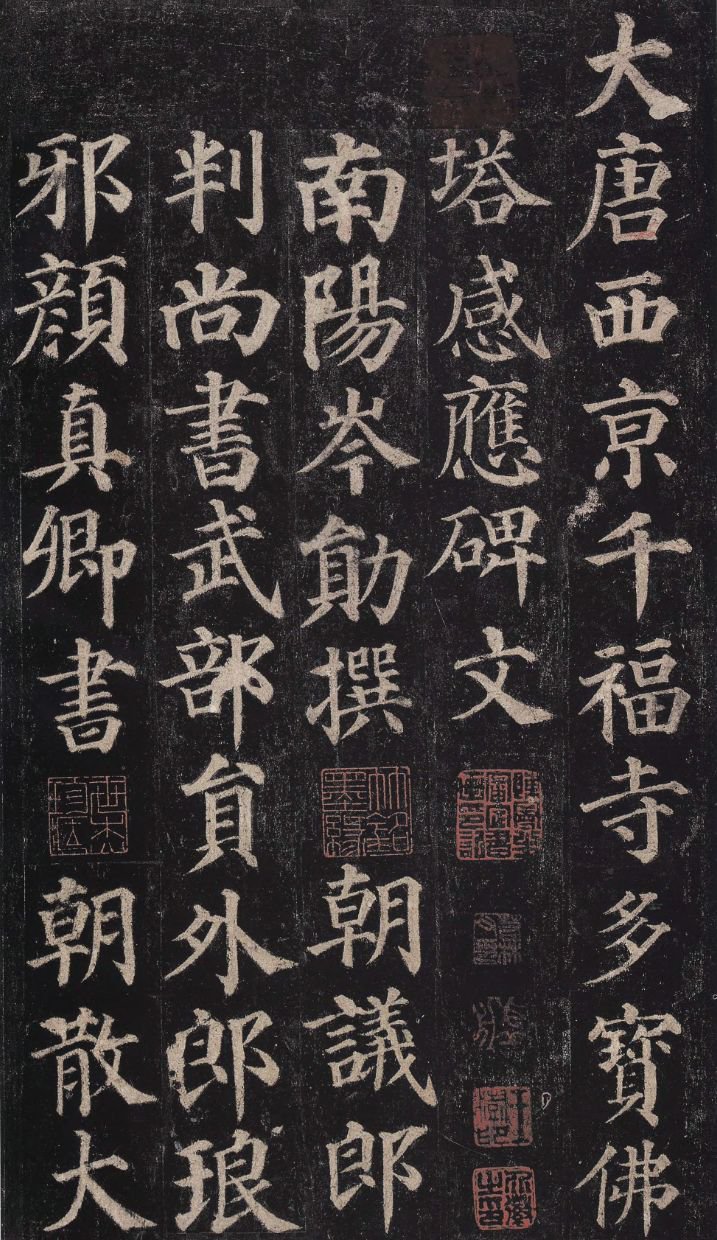
44-year-old book "Duobao Pagoda Stele" (752)
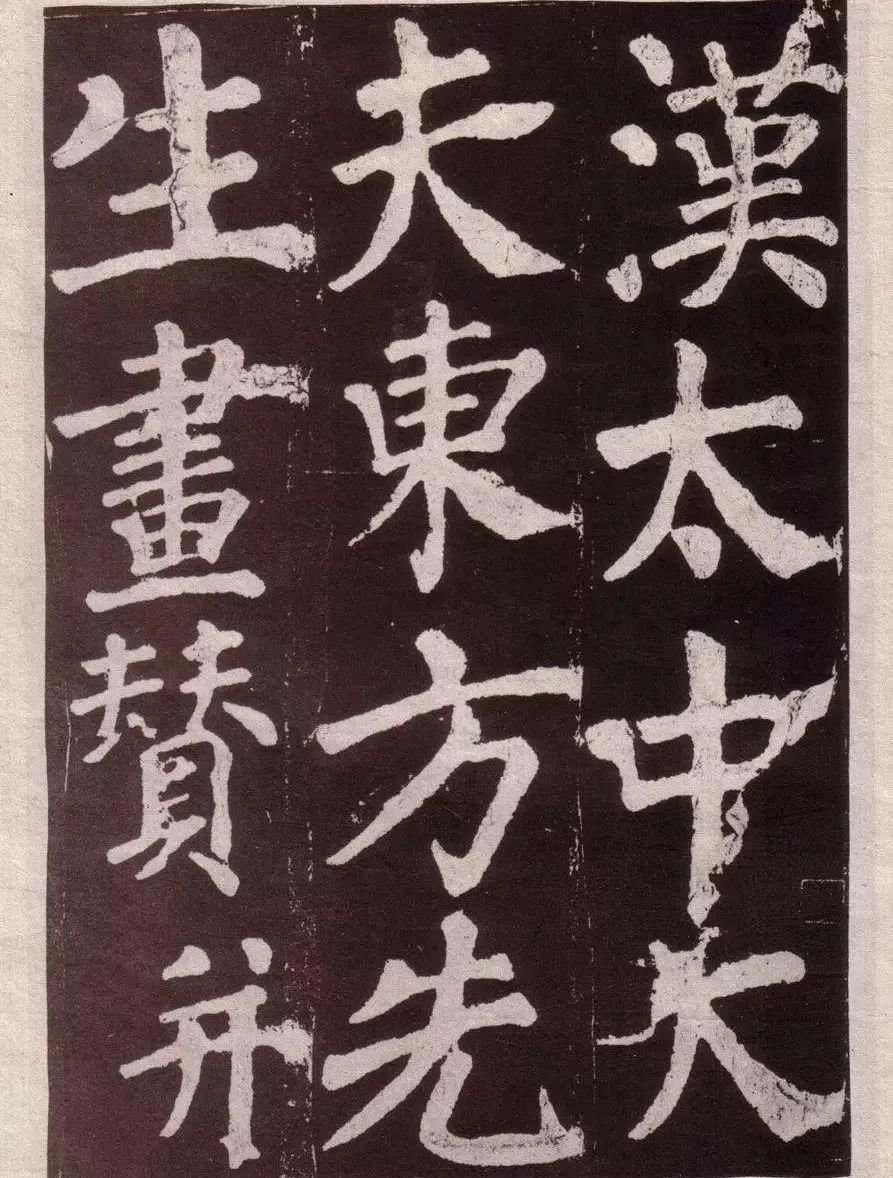
45-year-old book "Praise to Dongfang Shuo's Paintings" (753)
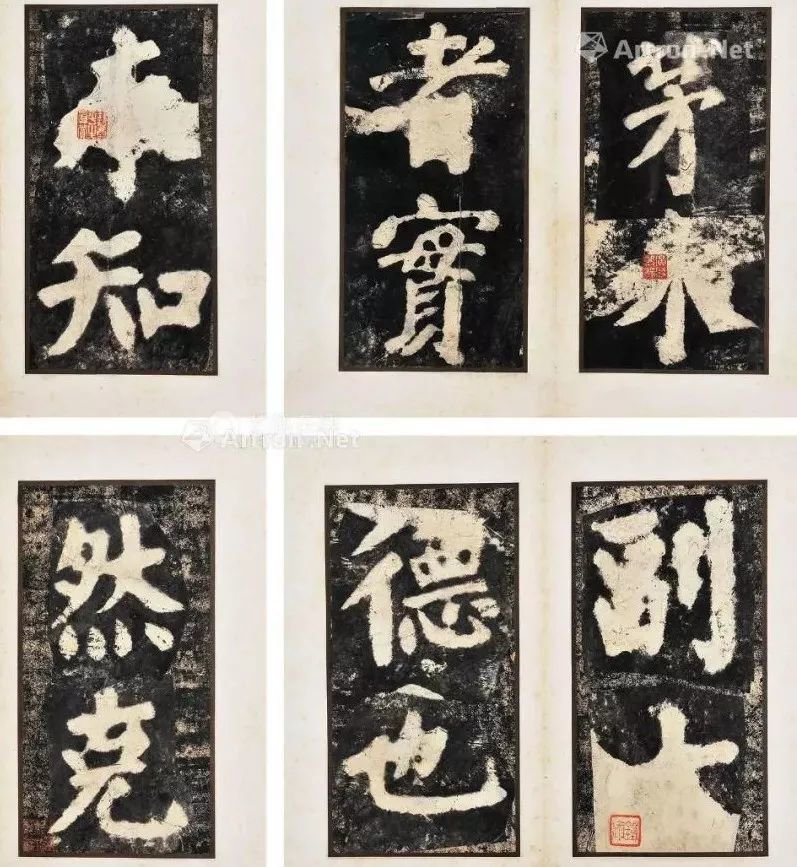
54-year-old book "Xian Yu Shi Li Dui Ji" (762)
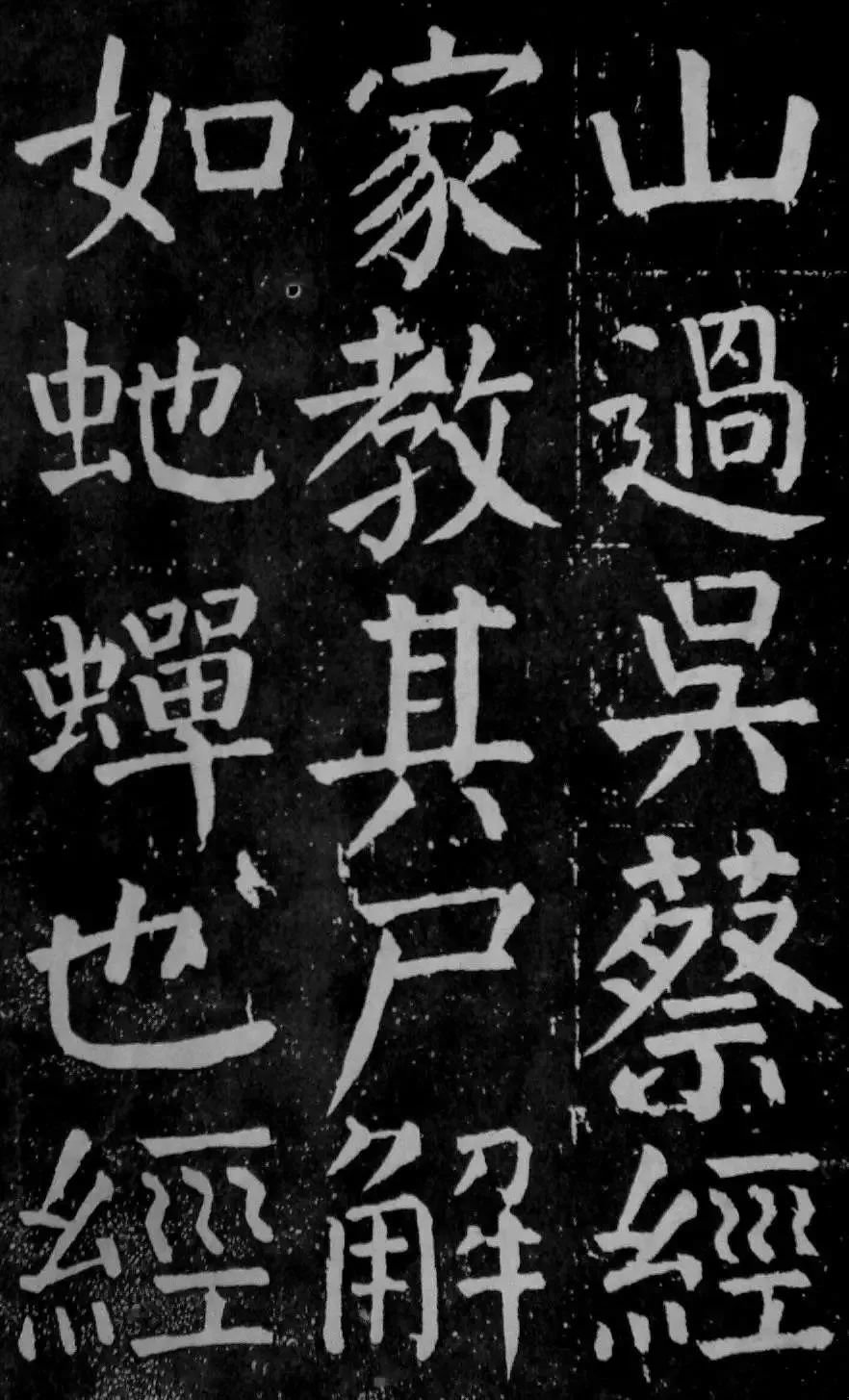
62-year-old book "Big Character Magu Immortal Altar" (771)
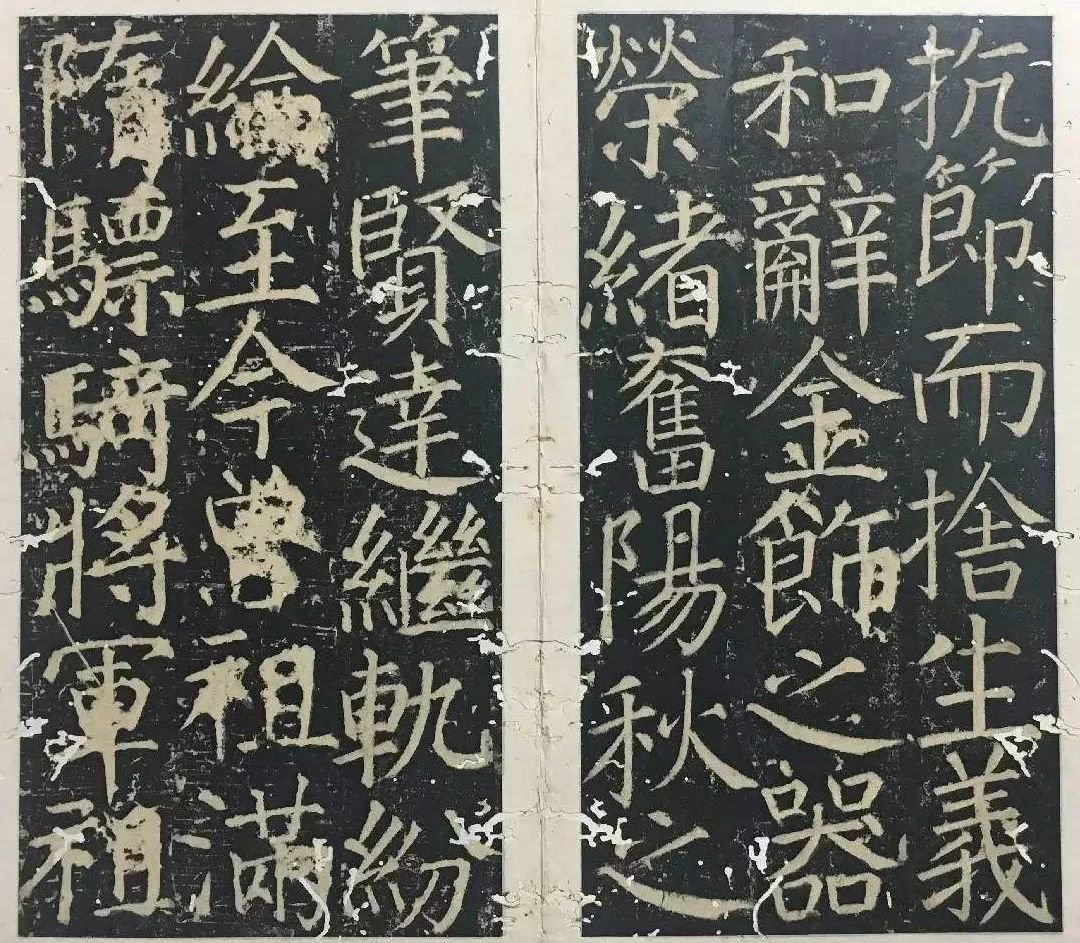
62-year-old book "Zang Huaike Monument" (771)
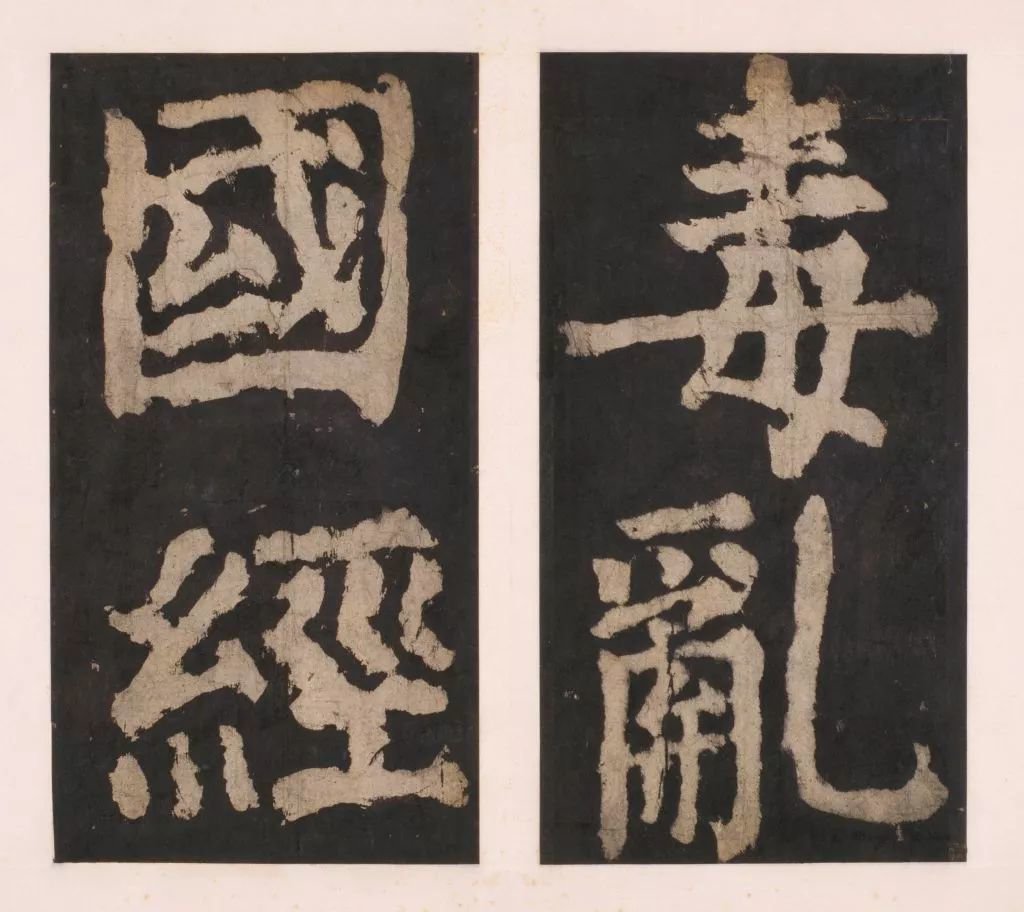
"Ode to the Zhongxing of the Tang Dynasty" written at the age of 63 (772)
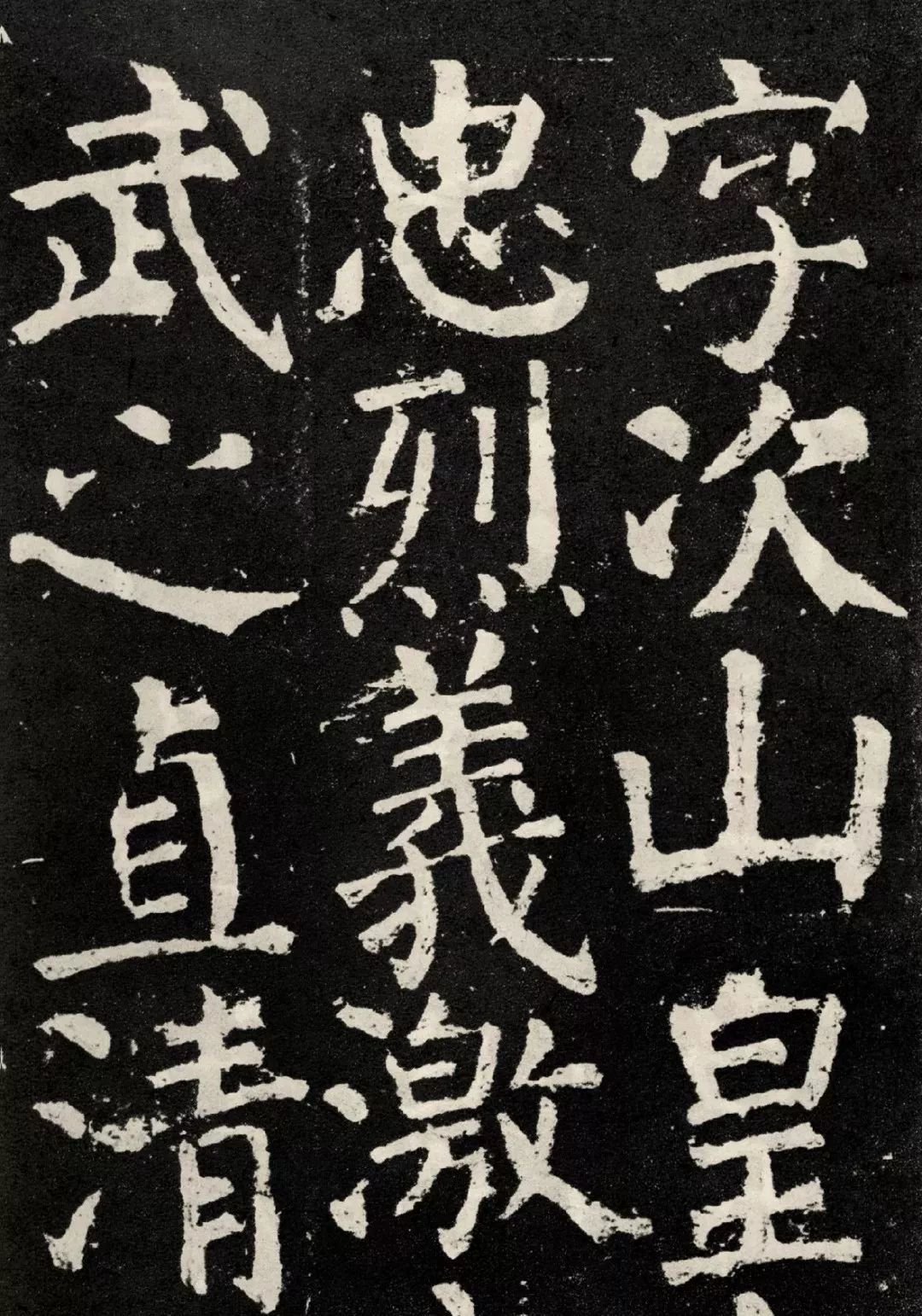
63-year-old book "Yuanji Mountain Monument" (772)
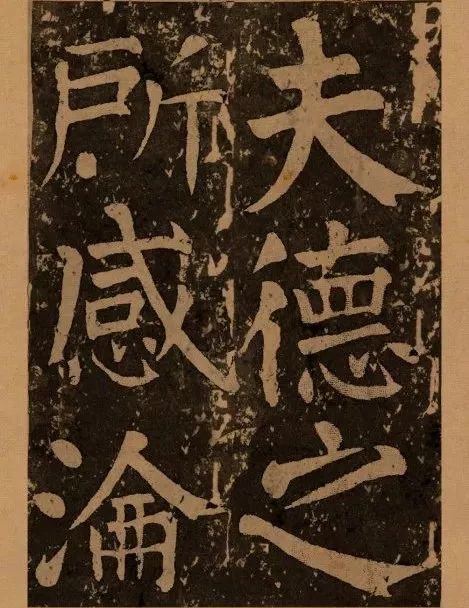
63-year-old book "Ba Guan Zhai Hui Bao De Ji" (772)
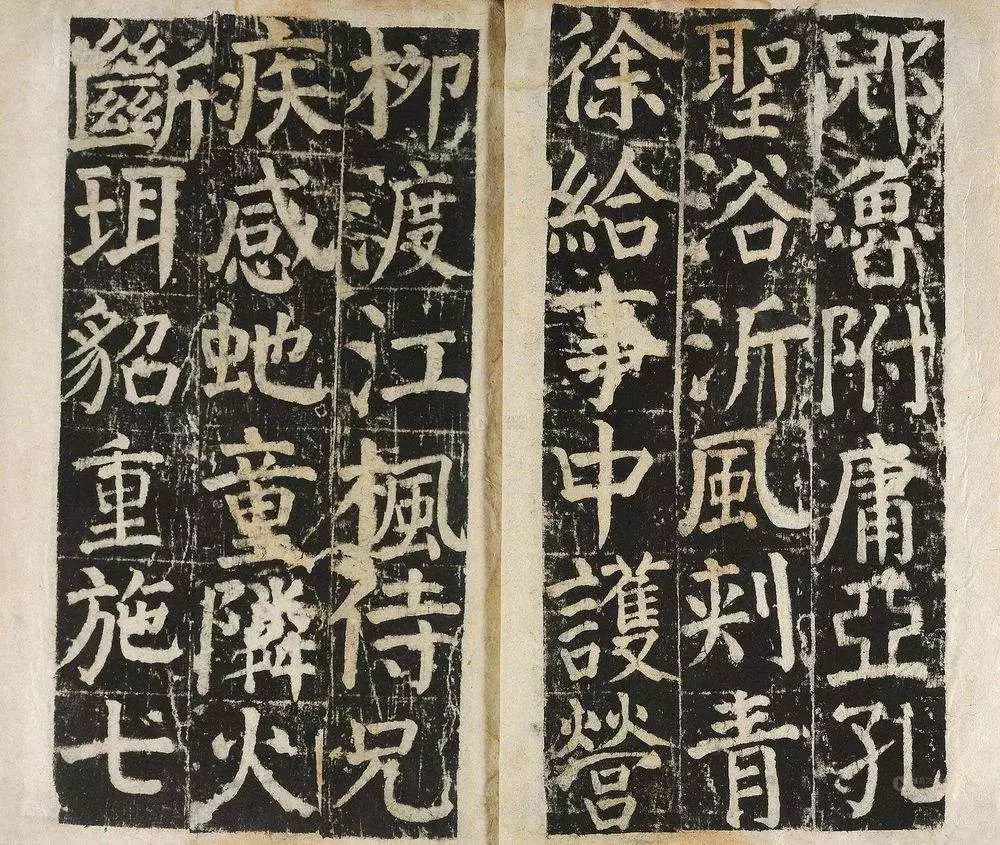
"Song Guangping Stele" written at the age of 63 (772)
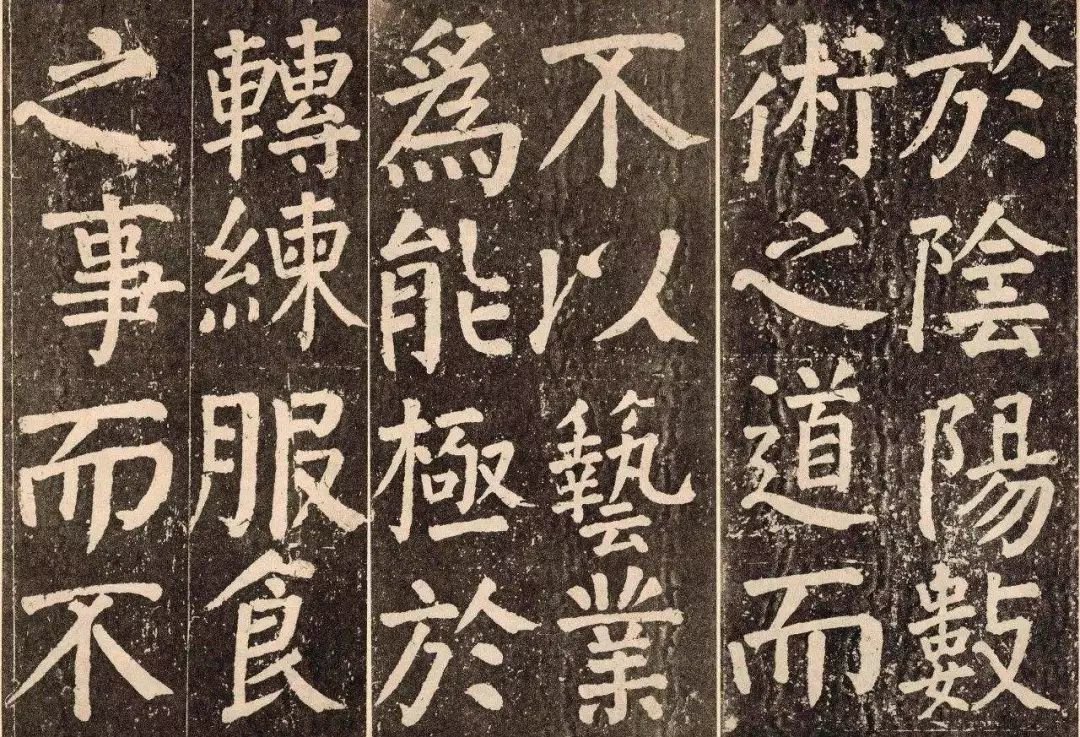
"Qianlu Zi Shu" written at the age of 65 (774)
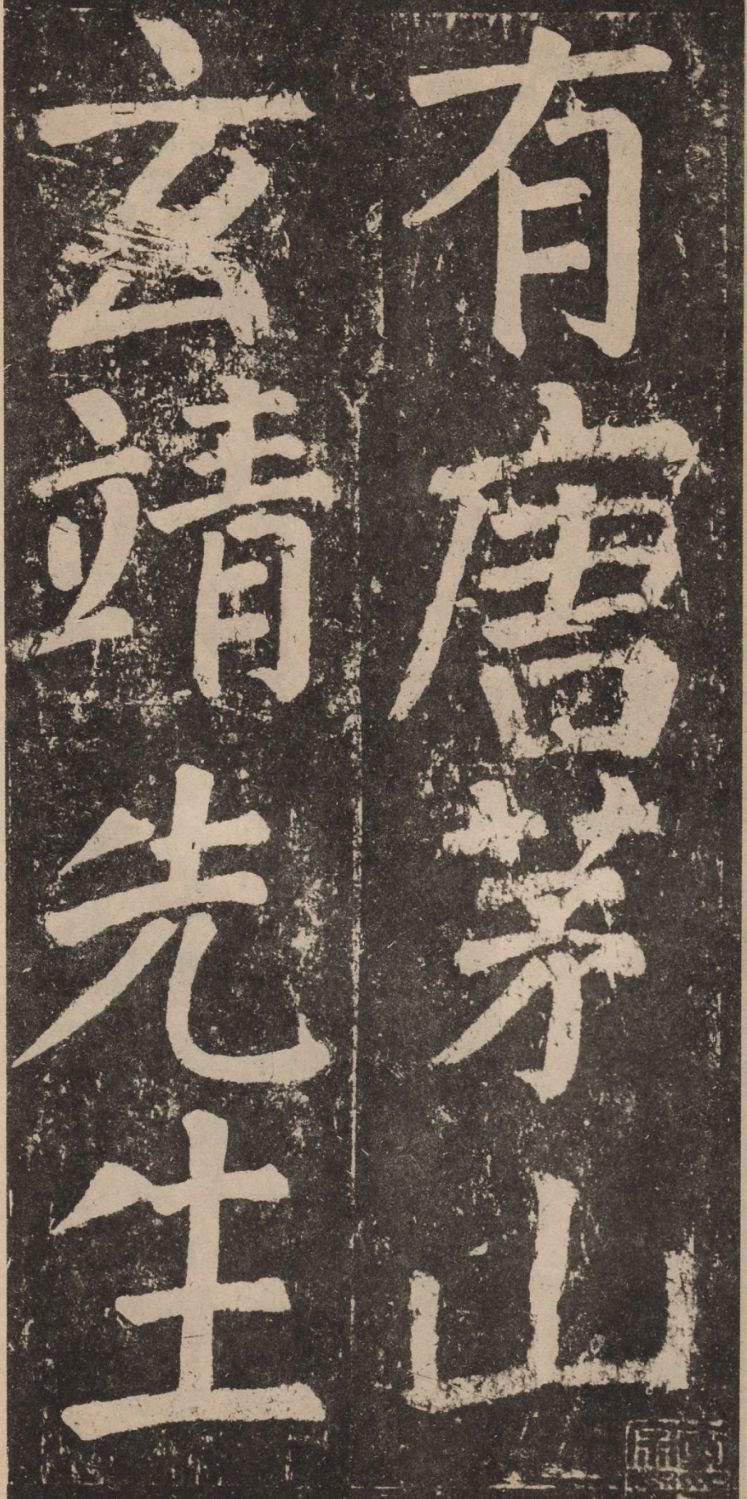
"Li Xuanjing Stele" written at the age of 68 (777)
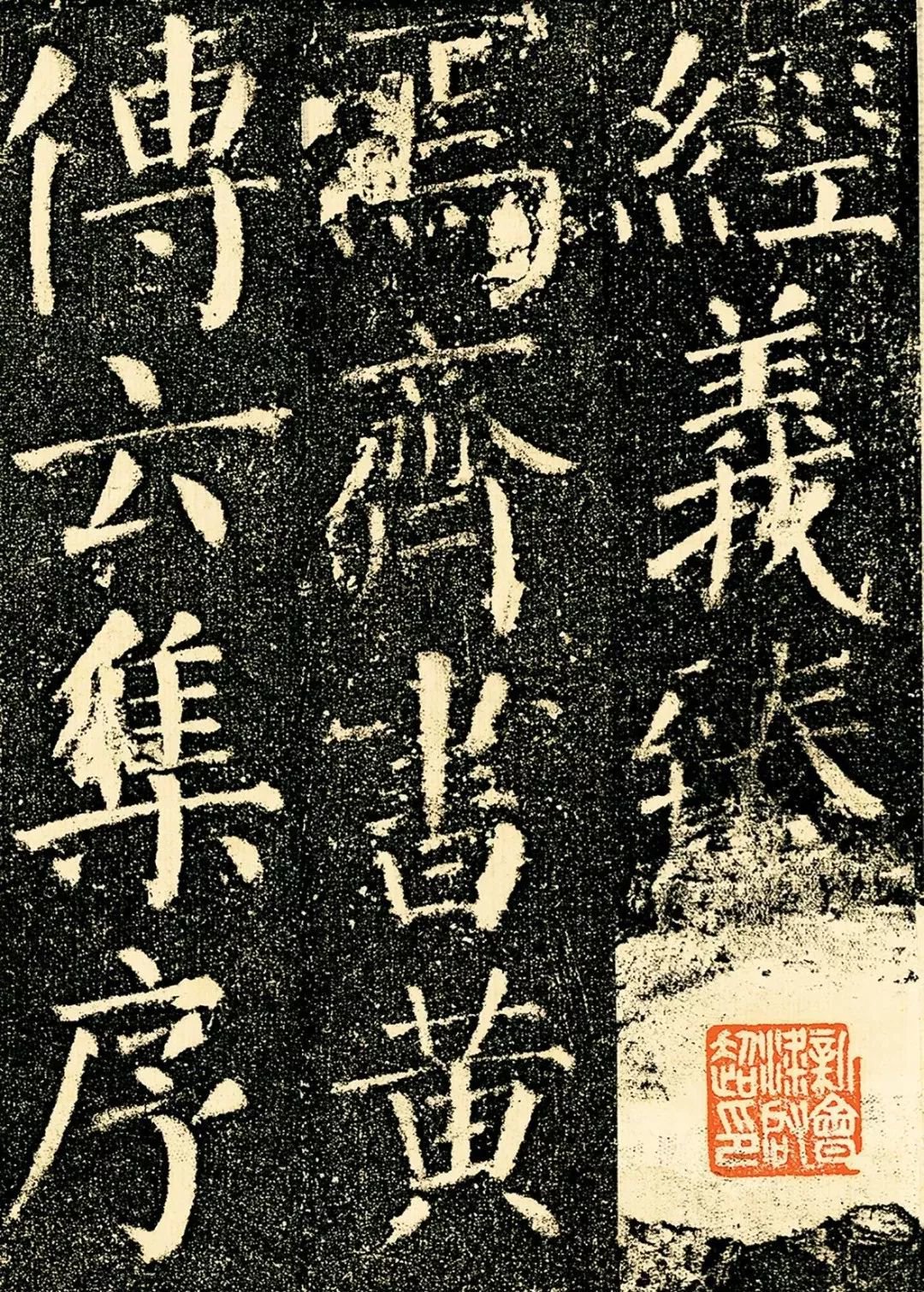
70-year-old book "Yan Qinli Monument" (779)
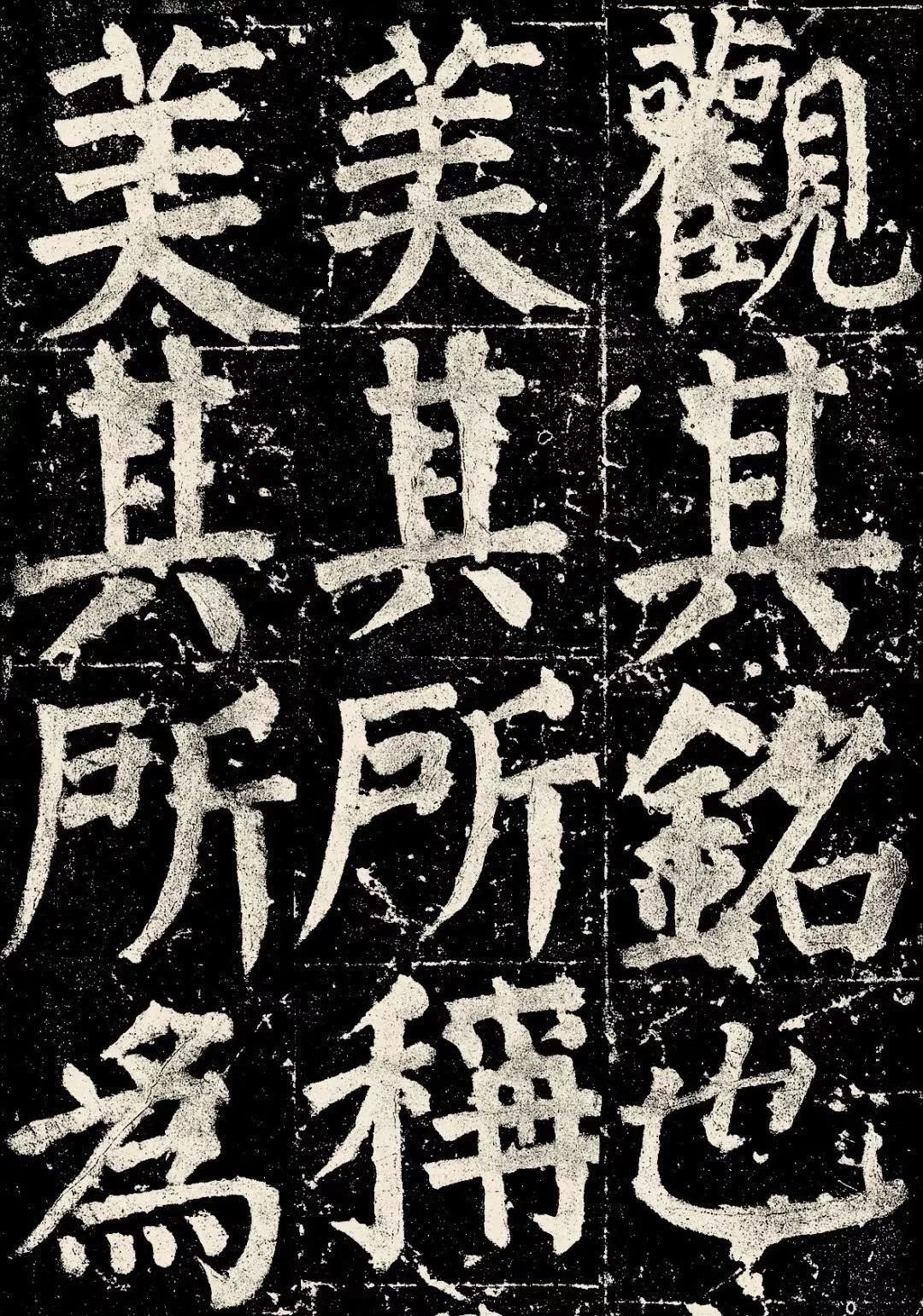
72-year-old book "Yanjia Temple Stele" (780)
According to this arrangement, we know that Yan Zhenqing has so many changes in the fixed "face and body" personal style that is known to the world. From the age of thirty to seventy, the regular script appearance spanning forty years has a basic trajectory of gradual and gradual change; there is also a unique grasp of each work.
The analysis of more than 20 pieces of Yan calligraphy handed down in this generation tells us that in addition to the differences in age works, "Ode to the Zhongxing of the Tang Dynasty", "Yuanci Mountain Stele", "Baguanzhai Hui" and "Ode to Zhongxing in the Tang Dynasty" in one year at the age of 63 There are four pieces in total: "Report of Deeds" and "Guangping Stele of Song Dynasty". If we compare them, they are still very different in style, and none of them are similar.
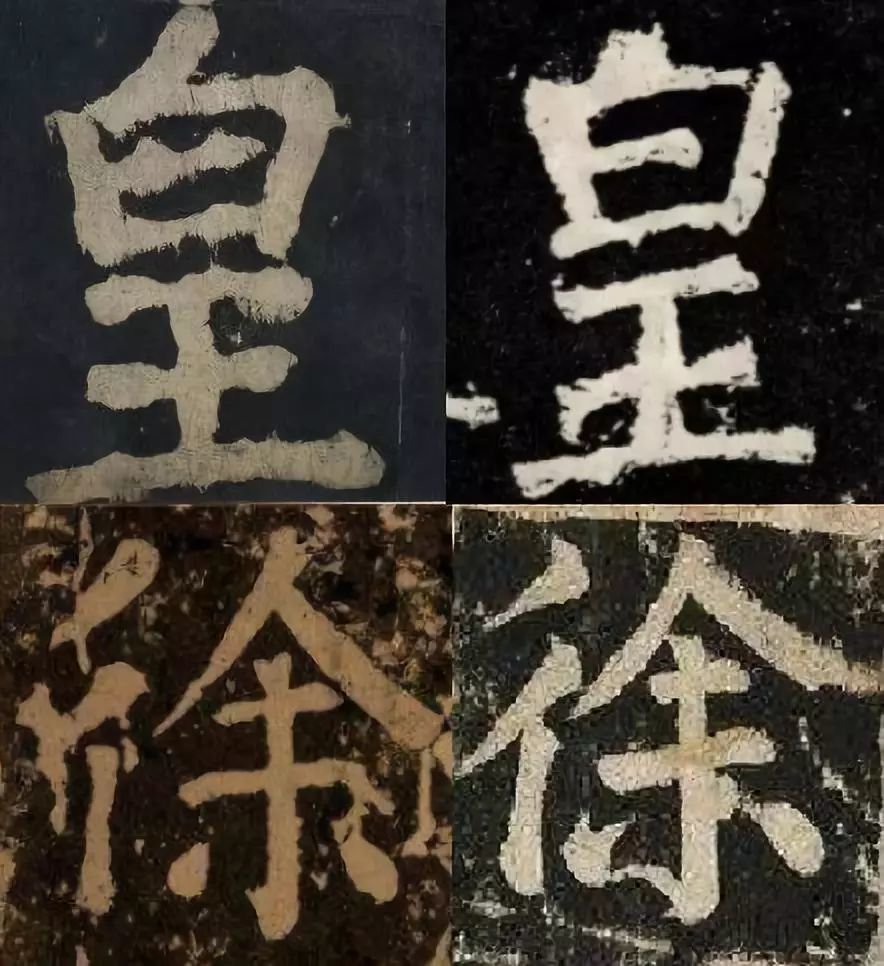
Yan Zhenqing's "Ode to the Zhongxing of the Tang Dynasty" (top left), "Yuanci Mountain Stele" (top right), "Baguanzhaihuibaodeji" (bottom left), "Song Guangping Stele" (bottom right), font analysis (all Written in 772)
That is to say, when Yan Zhenqing looked at his "Yan Ti" regular script, he not only focused on the "Ti", which resulted in the same appearance, but also applied unique ingenuity and formal language to each work. This kind of creative consciousness is unique not only in the Tang Dynasty; today, thousands of years later, compared with those extremely narrow and stubborn calligraphy concepts that are prevalent in the world of extravagant talk about the style of thousands of people, it is also unique!
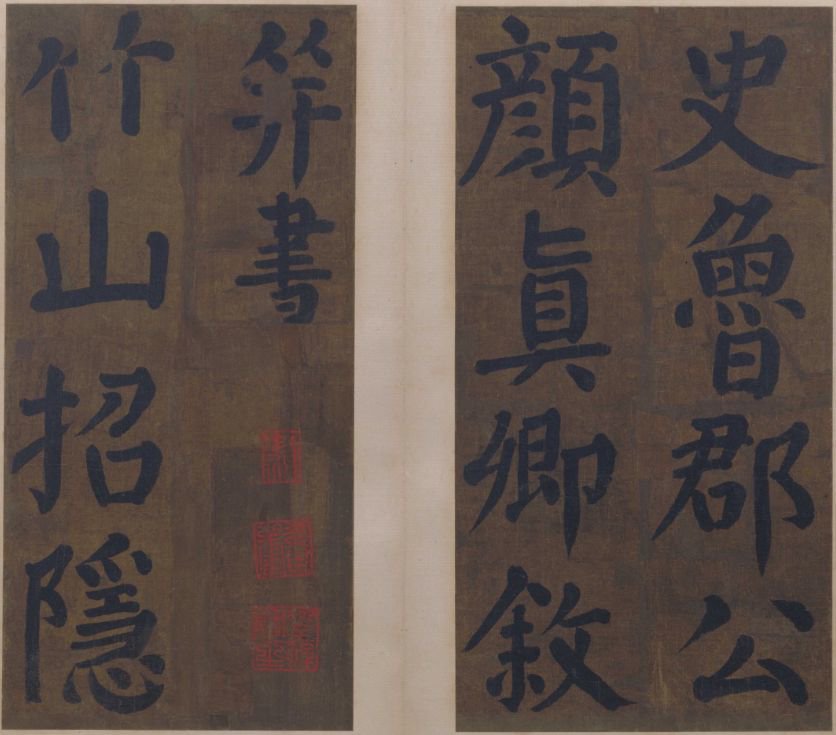
Yan Zhenqing's "Regular Script Zhushantang Connected Sentences"
If you only see the "body" when looking at facial features, that would be very amateurish. And comparing more than twenty famous works, I realized that Yan Zhenqing had foresight thousands of years ago and successfully practiced the "one work, one look" style of artistic creation that we only tried to advocate thousands of years ago and encountered many misunderstandings and misunderstandings. Requirements: How could any famous person who is thousands of years ahead of his time achieve this, even if he also has the status of a leader?
This is just based on Yan Zhenqing's "Yan Kai" stele inscriptions. If we also combine the handed down ink manuscripts such as "Gao Shen Tie", "Grandma's Memorial Manuscript", "Liu Zhong Envoy's Tie" and carved inscriptions "Struggle for Seats Tie", etc., then it is How big is the world of calligraphy? With the power of one person, there has been no other person with such coverage and influence since ancient times except Yan Zhenqing.
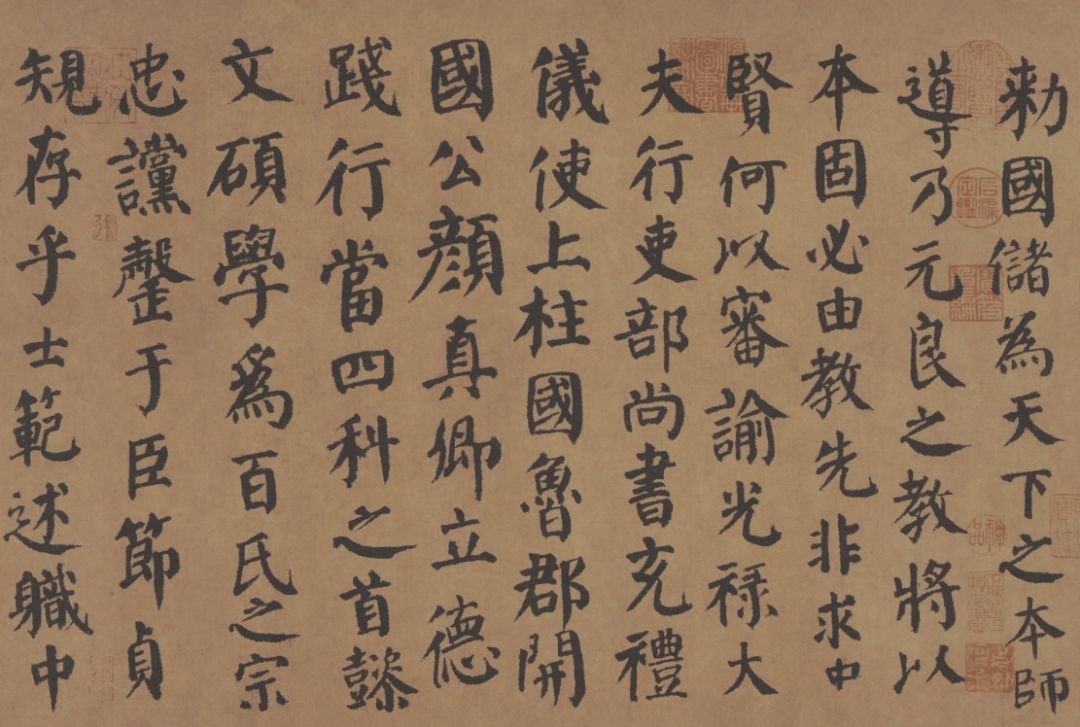
Yan Zhenqing's "Letter from the Self"
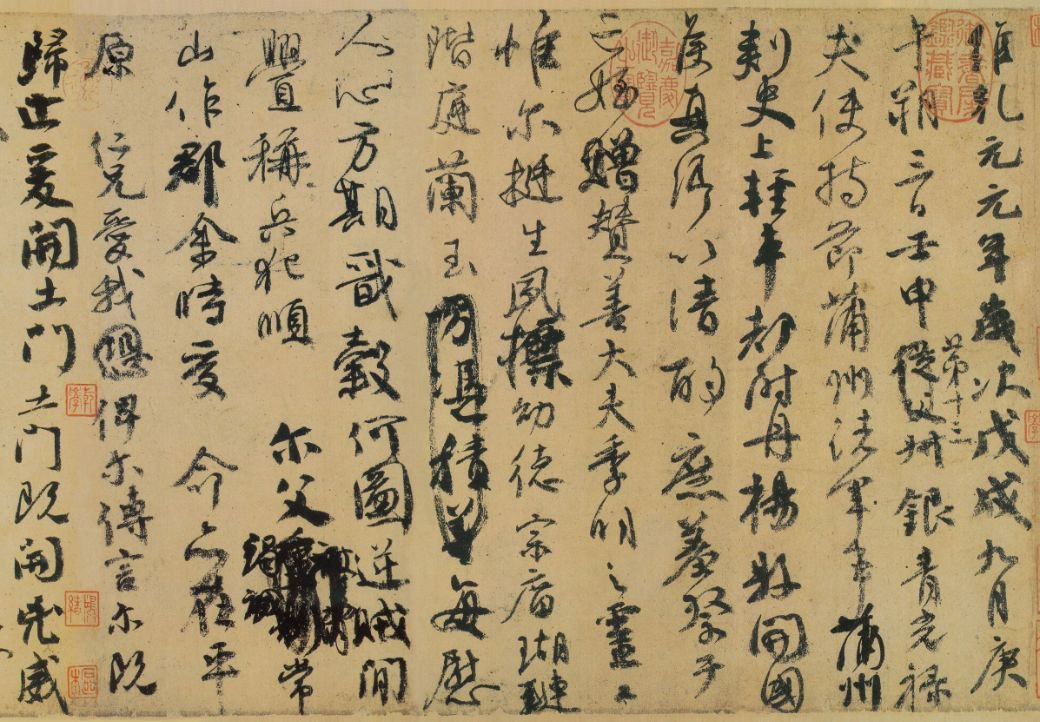
Yan Zhenqing's "Manuscript of Memorial to My Nephew"
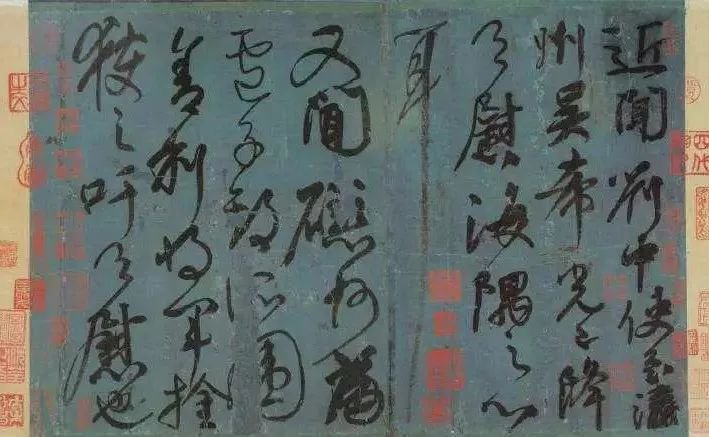
Yan Zhenqing's "Liu Zhong's Letter"
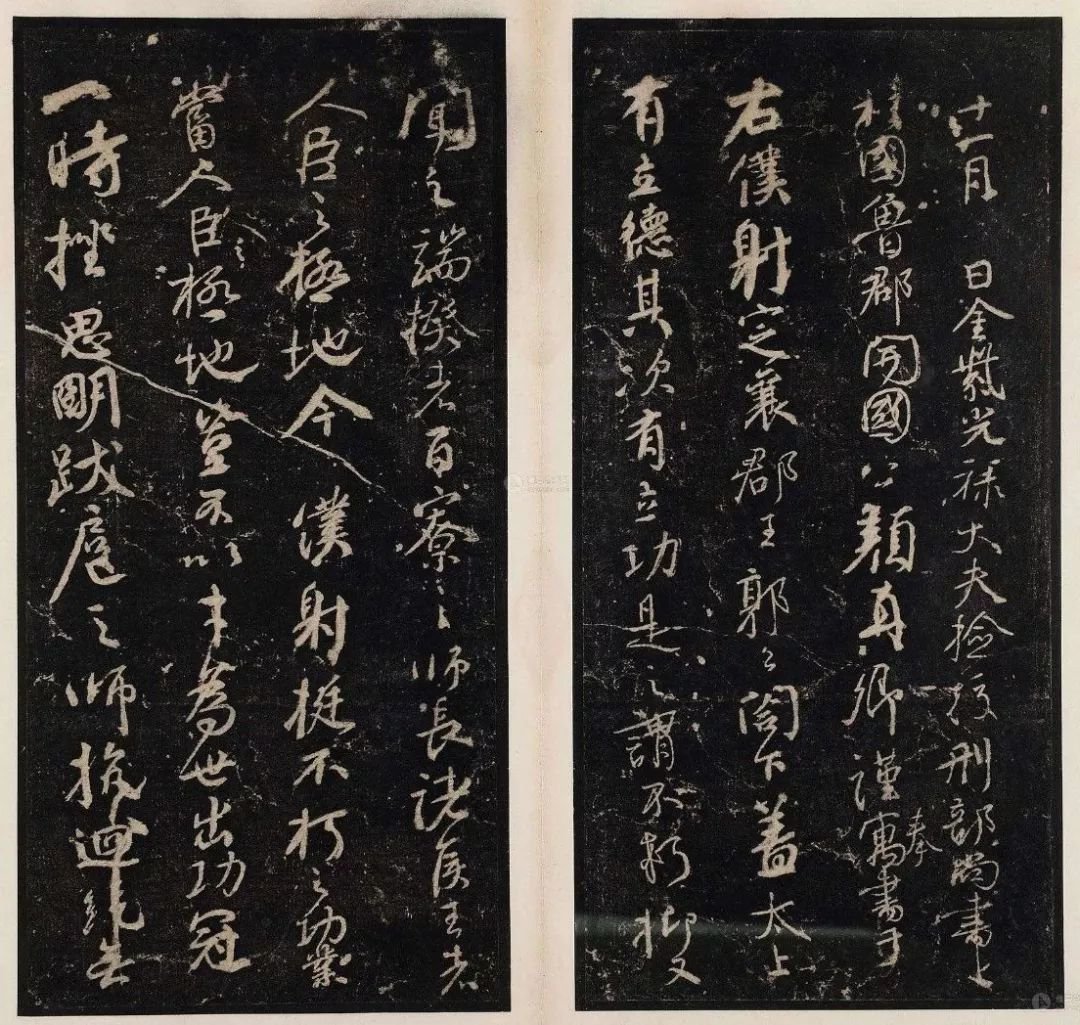
Yan Zhenqing's "Seat Fighting Post"
Therefore, the title of this Tokyo exhibition is "Beyond Wang Xizhi". I was quite hesitant when I first saw them; scholars pay attention to rigorous thinking. Wang Youjun and Yan Lugong were in different eras and had different historical achievements. It didn't matter who surpassed whom; but when I thought about it carefully: On Yan Gong's "One work, one appearance" in a regular script "The expression of a strong visual artistic style was indeed unprecedented in Wang Xizhi's era. "Beyond" and so on, it seems that it is not without evidence.
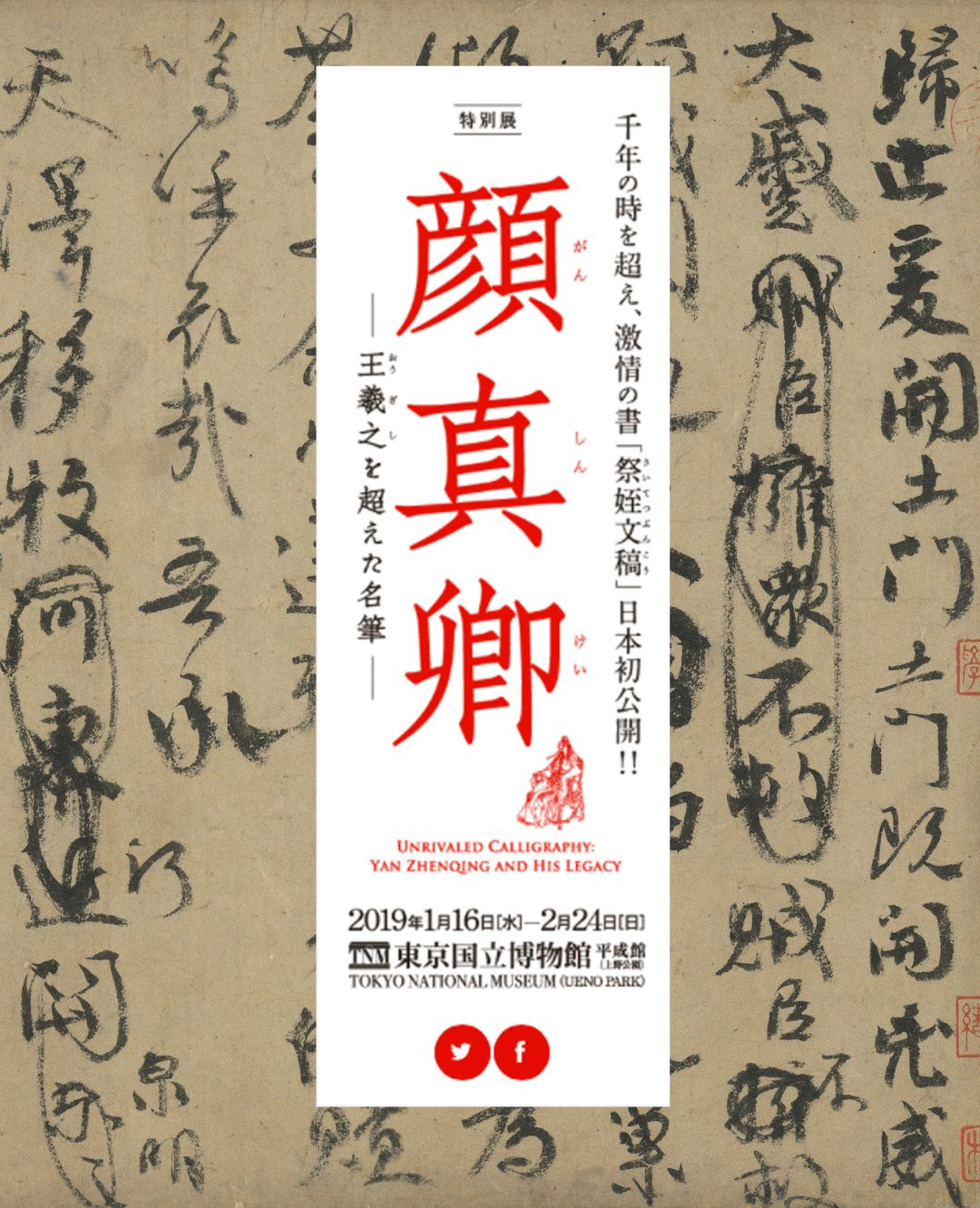
Tokyo National Museum: "Yan Zhenqing: Famous Pens Beyond Wang Xizhi" exhibition poster
Yan Zhenqing's regular script was the first to establish a sect, which is unparalleled throughout the ages. His cursive script is also shocking. The "Memorial to Nephew" is of course the first choice, and there are also "Memorial to Uncle" and "Fighting for a Seat", collectively known as the "Three Drafts". The "Yan Zhenqing: Famous Pens Beyond Wang Xizhi" exhibition at the Tokyo National Museum was promoted as an advertising poster. It was the "Manuscript for Nephew" collected by the National Palace Museum in Taipei. This shows that this masterpiece is the core content of their move.
When I was young, I learned cursive calligraphy. I also followed the rules of the elders and first studied the "Manuscript for Memorials to My Nephew" in order to "get the best method", but I could never find the feeling and was confused. Later, I thought about "Fighting for Seats", right? Then came the "Manuscript of Memorials to Uncle". I tried it in turn, but still couldn't get it right.
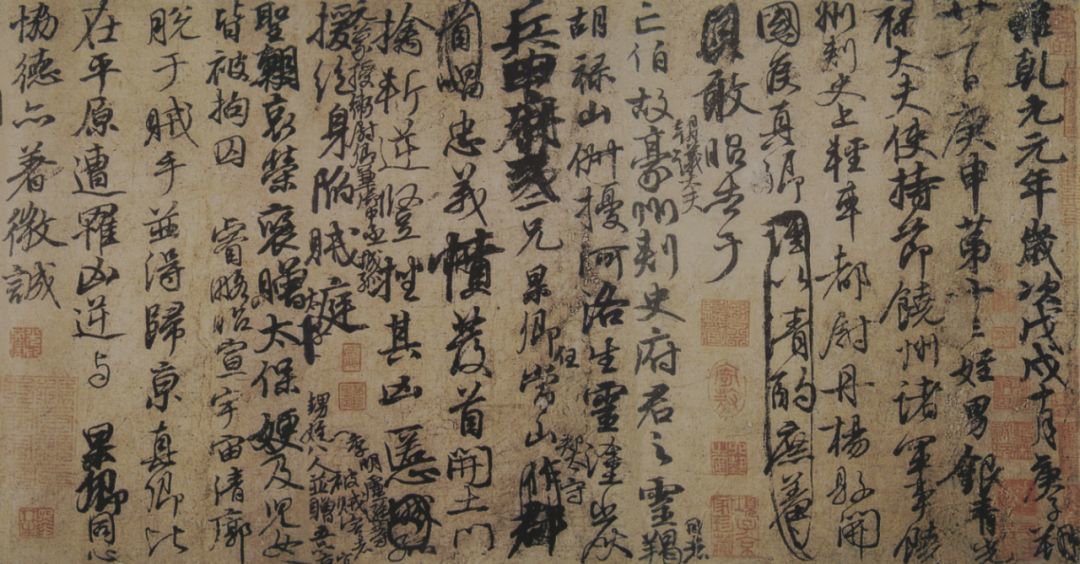
Yan Zhenqing's "Manuscript of Memorial to Uncle"
I was very excited when I accidentally discovered that Yan Zhenqing had a letter "Liu Zhong's Letter". The first thing that comes to mind is that when we first started learning, calligraphers of the older generations warned us that if we want an upright school, Yan Zhenqing must be the first choice. There is also an old saying, "Yan Jin and Liu Gu", Yan Zhenqing's strength lies in the "tendons", which are elastic; Liu Gongquan's strength lies in the "bones", which are sharp and sharp. Comparing the copybooks, the impression is almost the same.
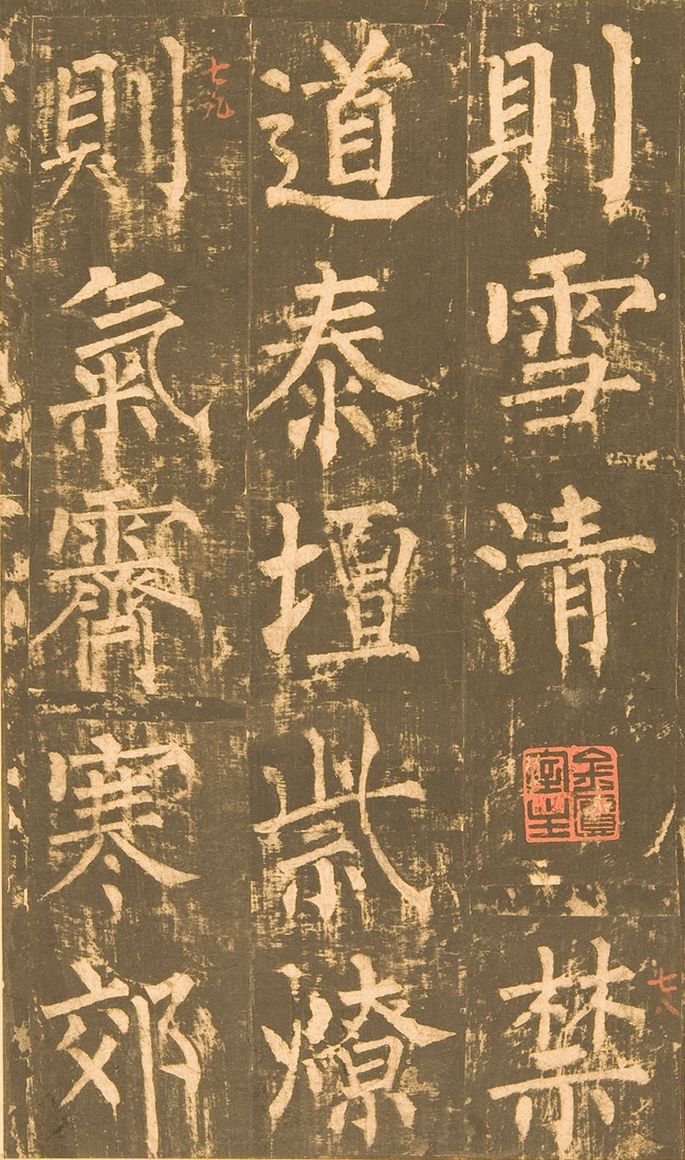
Liu Gongquan's Shence Military Monument
But when I was young, I served Master Sha Menghai. Every time, parents would bring their teenage girls to ask Mr. Sha for help with their calligraphy exercises. At that time, it was Yishui'er's appearance that was popular among beginners. After the parents and children left, Mr. Sha said to me: How can a very pretty little girl be taught to write with a heavy face and body? I replied at the time: Yan Jin Liugu. Her teachers and parents must have heard this statement from the sidelines, so they followed the crowd. But if you learn the "tendons" of facial expression and body, it will be strong and elastic, and it will not be bad after all.
Unexpectedly, Sha Lao disapproved very much. Explain that it is not impossible for beginners to write about Zhao Mengfu; as for the muscles and bones, that is something to consider later after having a certain foundation. Now, the horizontal and vertical positions are the most important thing. This shocked me at the time at my own carelessness.
The facial features in regular script have a masculine look, but they are also prone to turbidity. "With crossed hands and feet, you are like a farmhouse man with an old man's ears!" This was the criticism of Yan Ti by Empress Li of the Southern Tang Dynasty. Mi Fu further commented: "Yan's calligraphy is like a steamed cake, very ugly and disgusting"; and "Yan's running script is impressive, and the true (regular) script is popular." Are these criticisms spiritually connected with Sha Lao’s comments? But it was a fact that Yan Kaixiong was strong and clumsy but not lovable. So where is the "impressive" Yan's running script? Isn't it "Liu Zhong's Letter"?

Yan Zhenqing's "Liu Zhong's Letter"
After pondering over and reading it day and night, I realized that this post was a unique and wonderful post that was not "conventional", not "ugly and repulsive", not "cross-armed" and had sufficient facial features, so I read it every day. After practicing it repeatedly, I think I have gained its subtlety. In today's humble calligraphy, there are still many traces of the calligraphy consciousness and traces of "Liu Zhong's Envoy's Notes". I benefited a lot from the three-and-five-line calligraphy, or perhaps it was from Sha Lao’s casual comments at that time that I realized the great truth.
"Yan Jin" is very important. Without it, it would not be Yan Zhenqing. For example, there is another "Huzhou Tie" written by Yan Shuchuan that has been handed down to the world. However, due to the lack of elastic lines and exclusive brushwork, it was not sought after by later generations. In fact, some experts believe that "Huzhou Tie" was written by Mi Fu Lin Yan in the Northern Song Dynasty. Linben is no longer the original appearance of Yanjin.
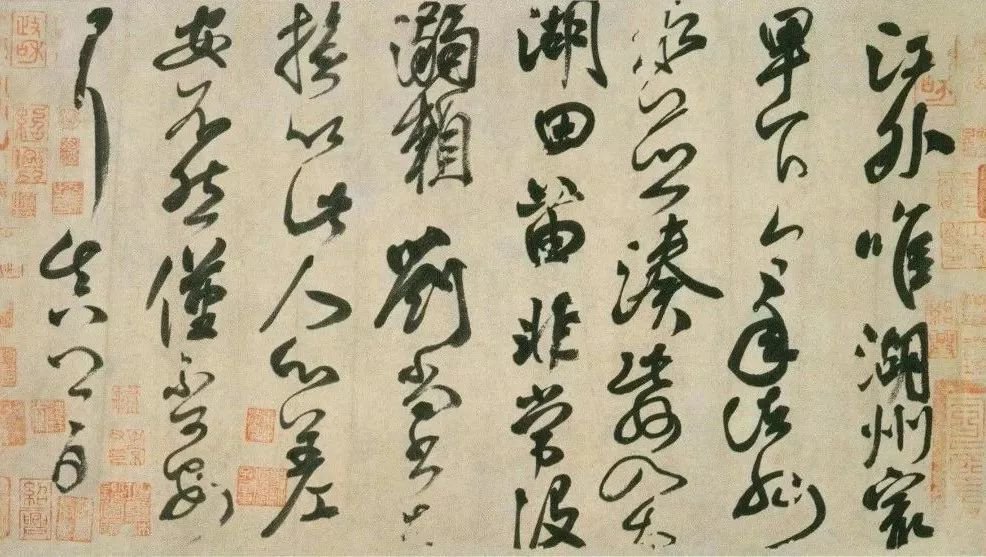
Yan Zhenqing's "Huzhou Tie"

